Comp Prep/ Periodisation is a way to set up structure to your workout. It includes the right exercises, intensities, loads to lift, frequency and duration of training, and more.
Periodisation states a structured program or workout to achieve a result or event. The structure must cover the exercise selection, the exercise intensity and other weaknesses which may reduce the likelihood of winning or seeing a difference. For a athlete the periodisation would be in place to lead up to a competition
or a career development. Each month will be structured to achieve a aspect of the final result I.e strength, fat loss, fitness.
3 phases of a periodisation:
Preparatory: strength and conditioning (weightlifting/hypertrophy/strength)
Competitive: (competitions, matches, tournaments, open) - high intensity
Transition: recovery phase of the competition (fun games/enjoy full training)
Simple Guidelines:
1. Post competition never exercise to the max in a workout
2. Increase and decrease intensities through the weeks/days to stimulate the body
3. Step load method - 1 week low,2nd week medium, 3rd week high (repeat)
4. Post Competition - 2-week transition to mentally recover, remove fatigue and replenish energy stores.
Summary: periodisation is a professional injury free risk to plan the year in order for results or numbers to be hit. Follow the guidelines and programming on other blogs to design or implement a structure to stick to.
EXAMPLE ADVANCED ATHLETE SCHEDULE
Monday: Rest Day
Tuesday: Heavy power lift (i.e., squat, deadlift, press variation) Heavy Olympic lift (i.e., snatch, clean, jerk variation) - Conditioning workout 1/workout 2 - Accessory work
Wednesday: Heavy power lift, Heavy Olympic lift, Heavy conditioning workout Conditioning workout. Accessory work
Thursday: Heavy power lift, Heavy Olympic lift EMOM Conditioning workout Accessory work
Friday: Rest Day
Saturday: “Super Heavy” conditioning workout Conditioning workout/Hero style
Accessory work
Sunday: Athlete’s choice/desired training
Competition CrossFit Example:
Day nutrition/Event Example:
10:00 a .m . —Event 1:
9-6-3 repetitions for time of: Thrusters, Muscle-ups
2:00 p .m . —Event 2:
As many repetitions as possible (AMRAP) in 12 minutes of: 3 hang power snatches
2 rounds of:
3 pull-ups
6 push-ups
9 box jumps (20 in.)
8 a .m . breakfast:
3 eggs with 3 slices bacon, 1 pepper, onions 1 banana
2 avocado
10:15 a .m . post-workout:
1 scoop whey protein
1.25 litre water
12:30 p .m . lunch:
1.5 chicken breast
6 asparagus 3 cups strawberries 4 macadamia nuts
2:30 p .m . post-workout:
1 scoop whey protein
1.25 litre water
(Carbohydrate substitutions for lack of fat in meal)
6 p .m . dinner:
1-2 beef steaks
6 asparagus, 1.5 cups blueberries 12 almonds
9:00 p .m . snack:
Salami meat I.e bites / substitute
Yogurt
1 Fruit low carbohydrates
1 teaspoon almond butter
Alasdair Hamilton
MSc Sport & Exercise Physiology
Instagram: alasdairhamilton



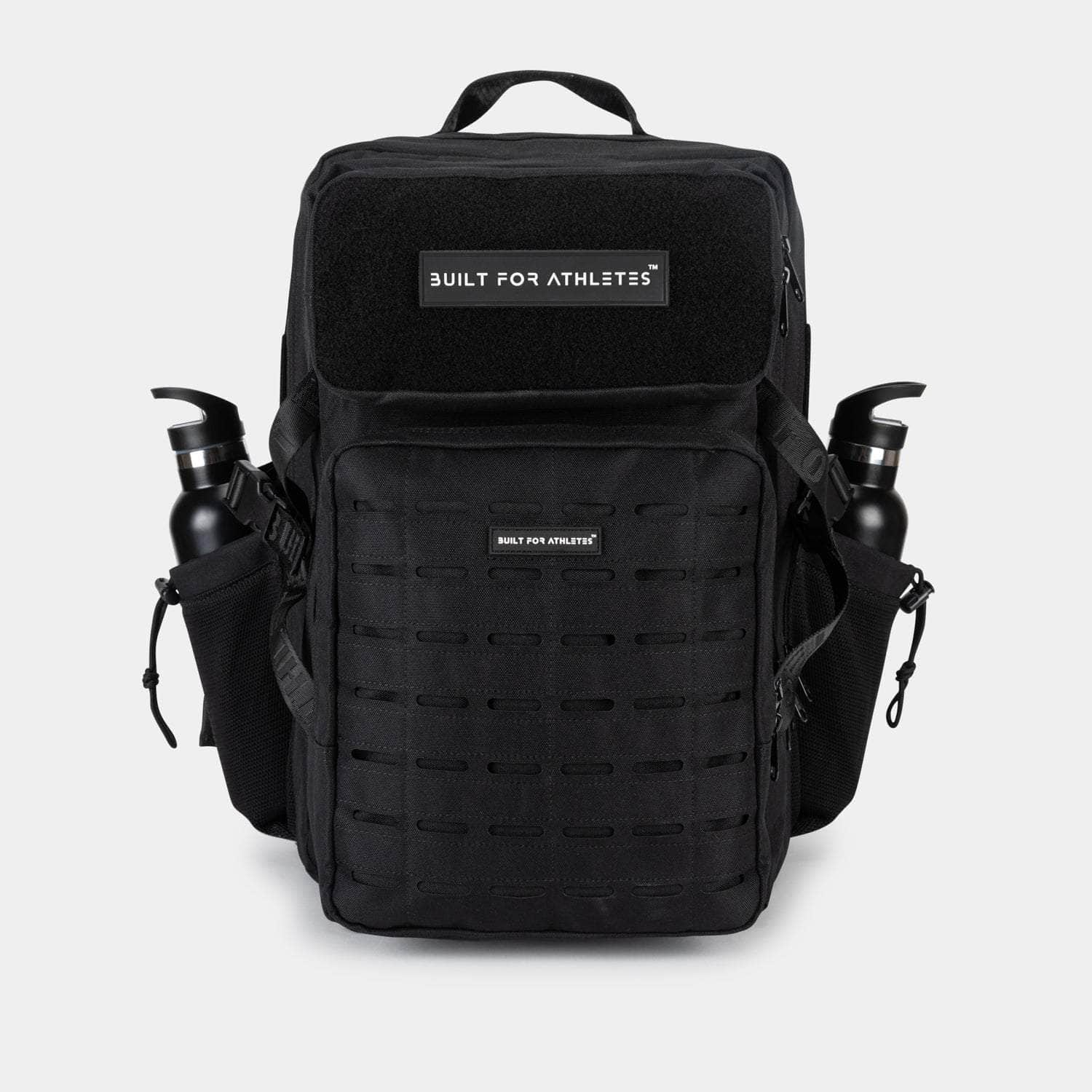
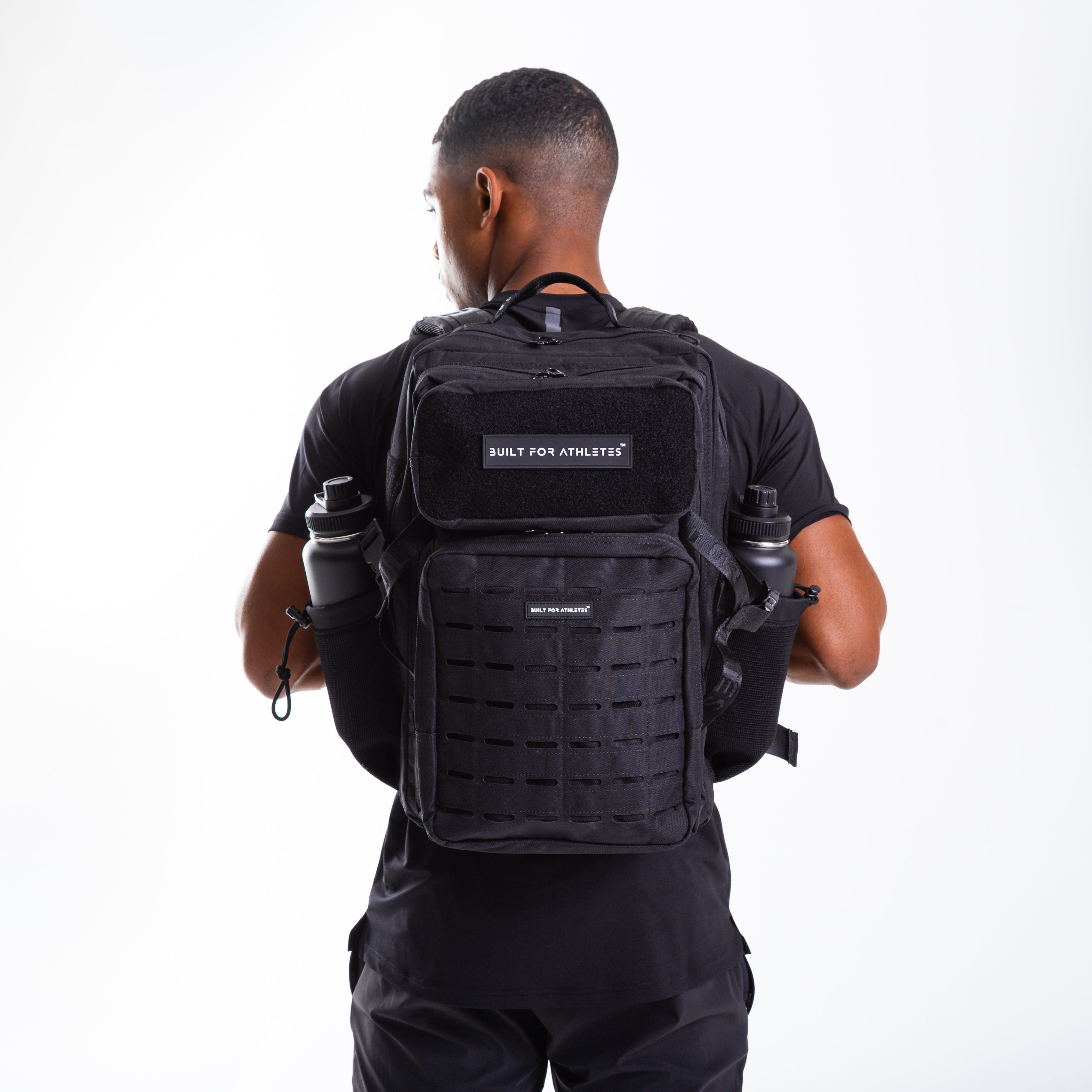
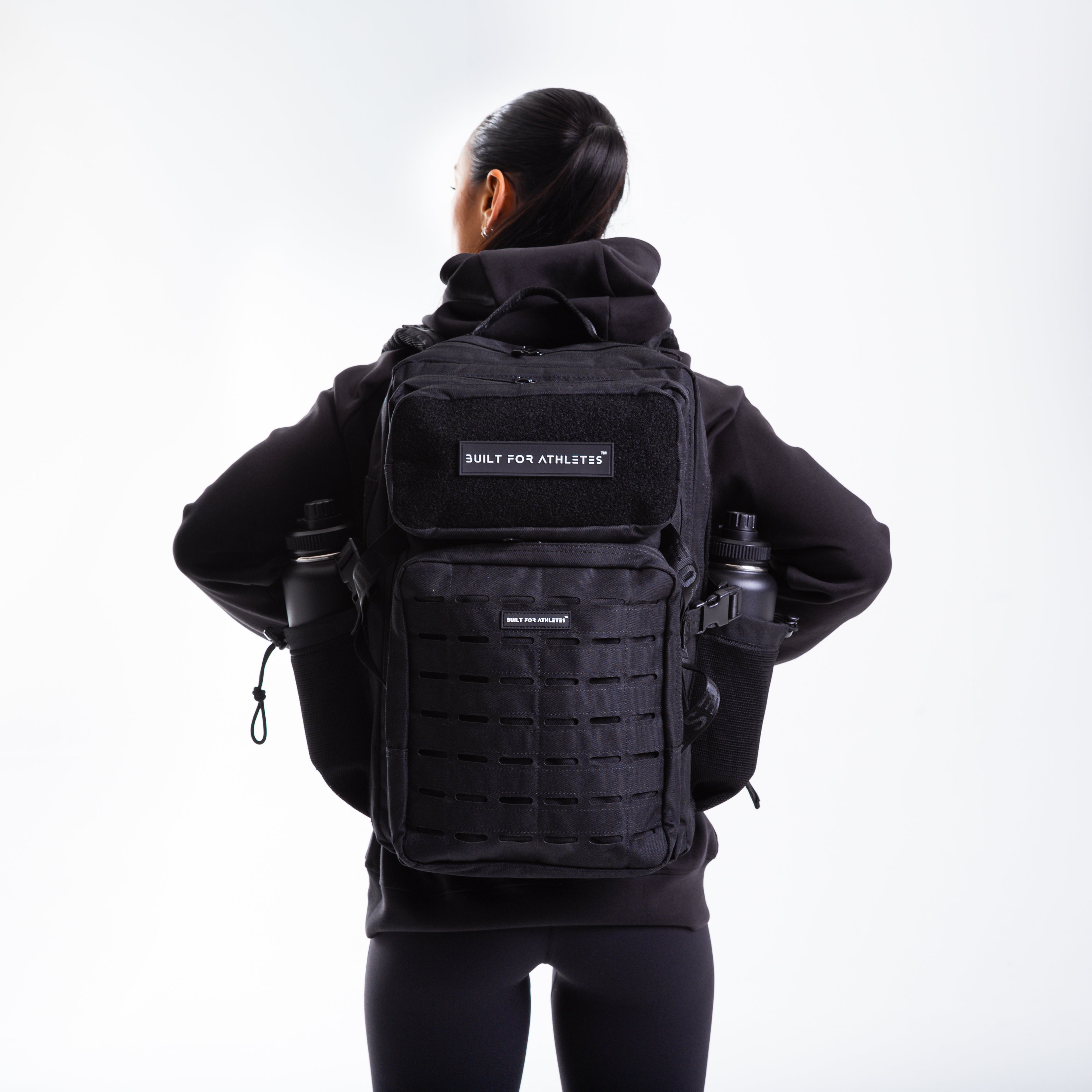
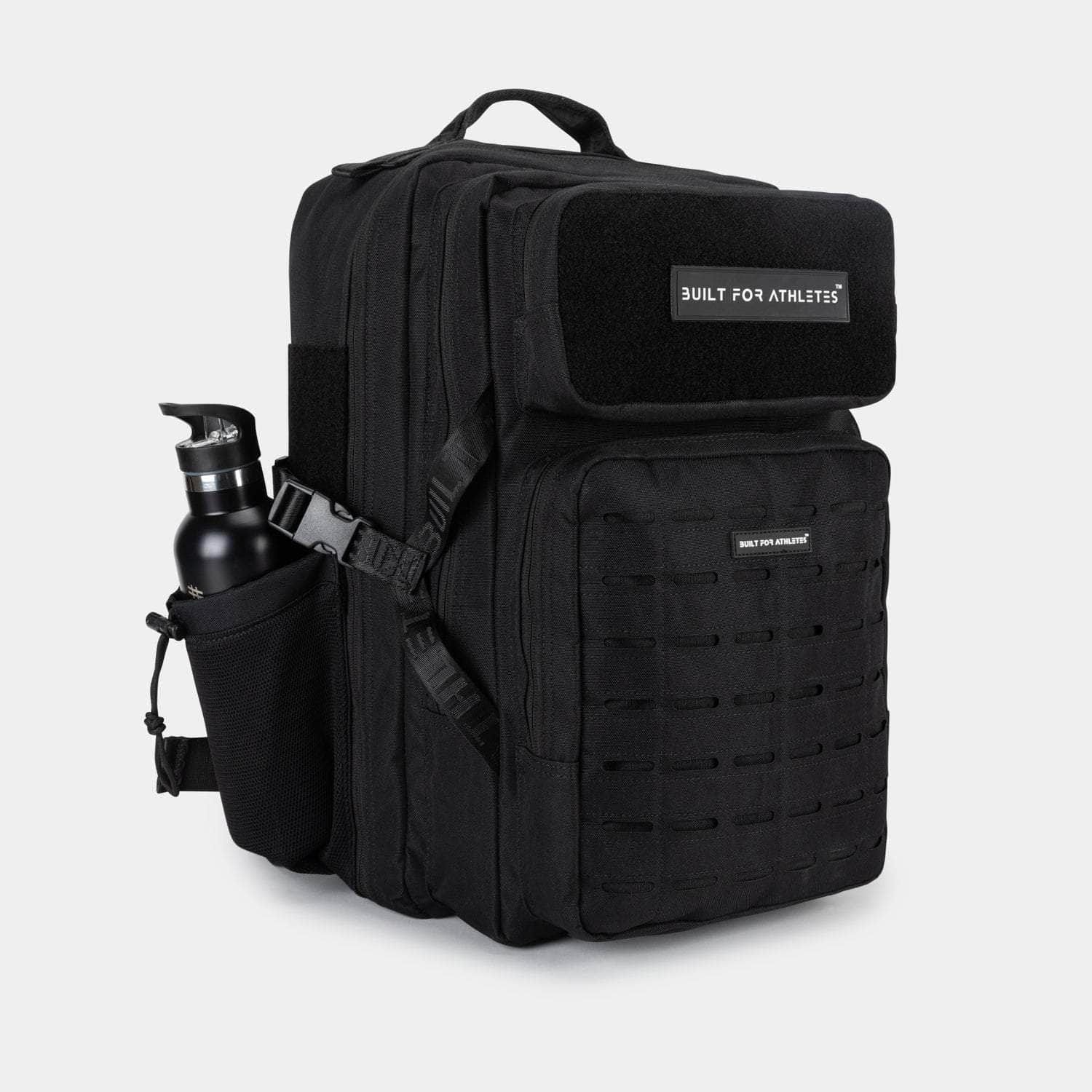







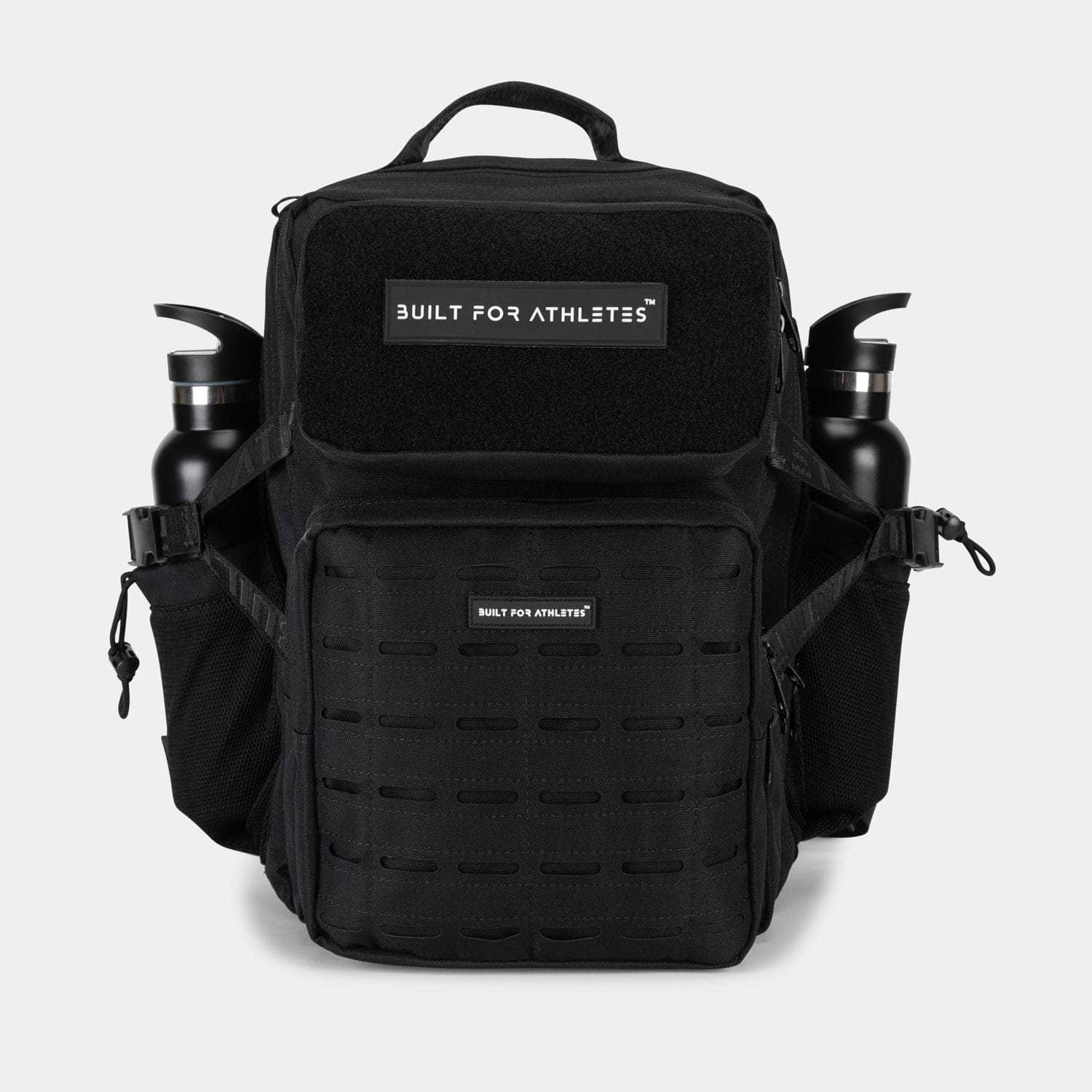
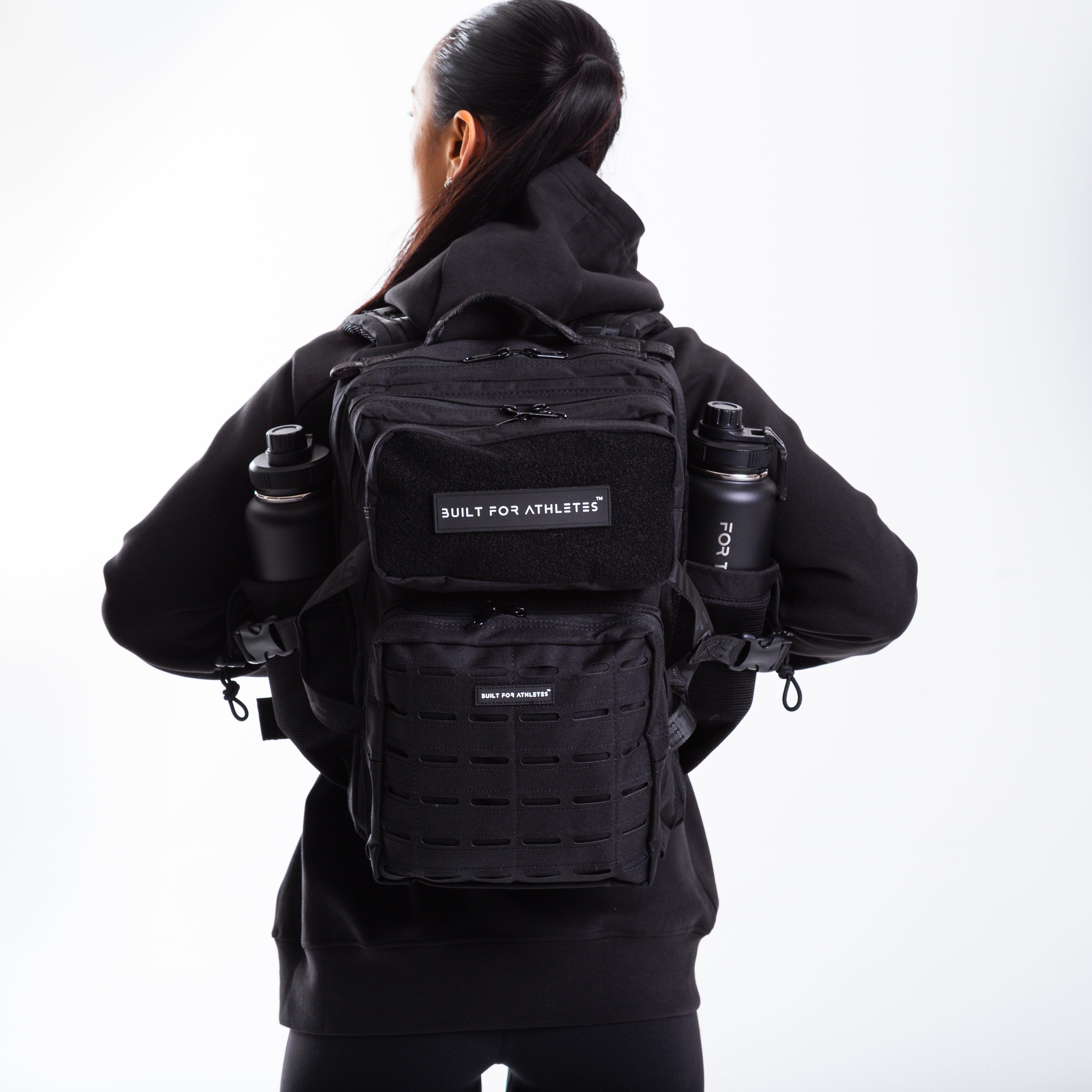
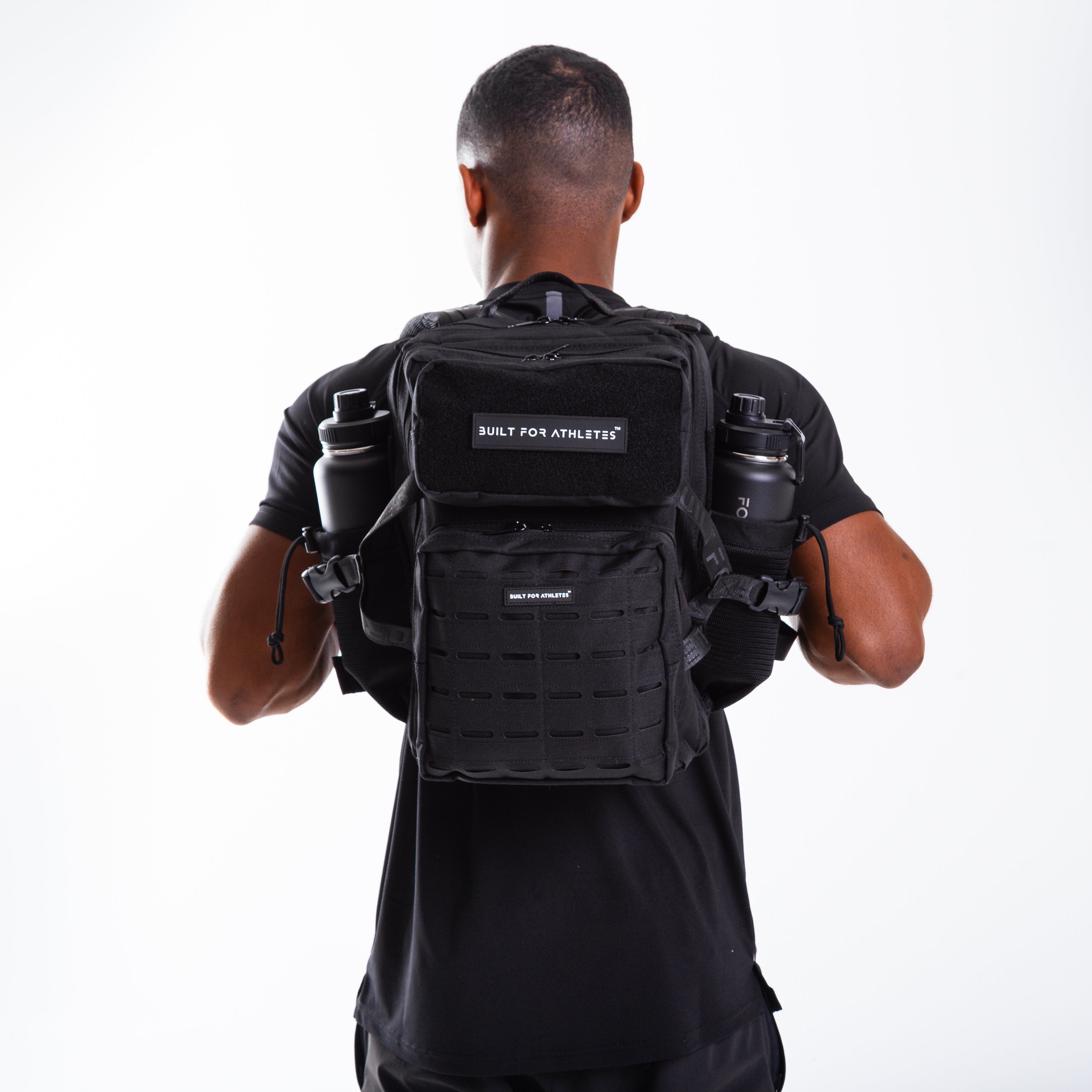
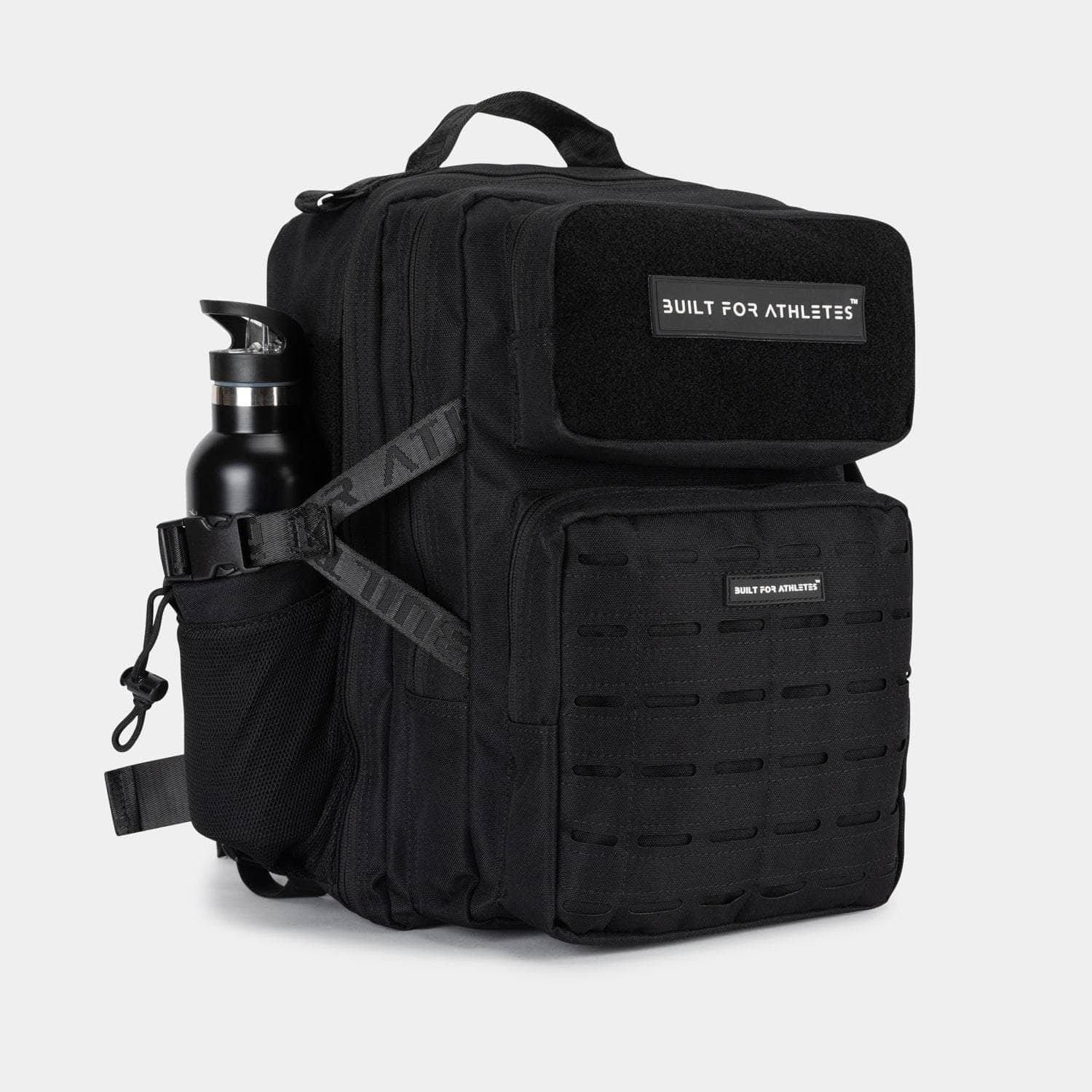



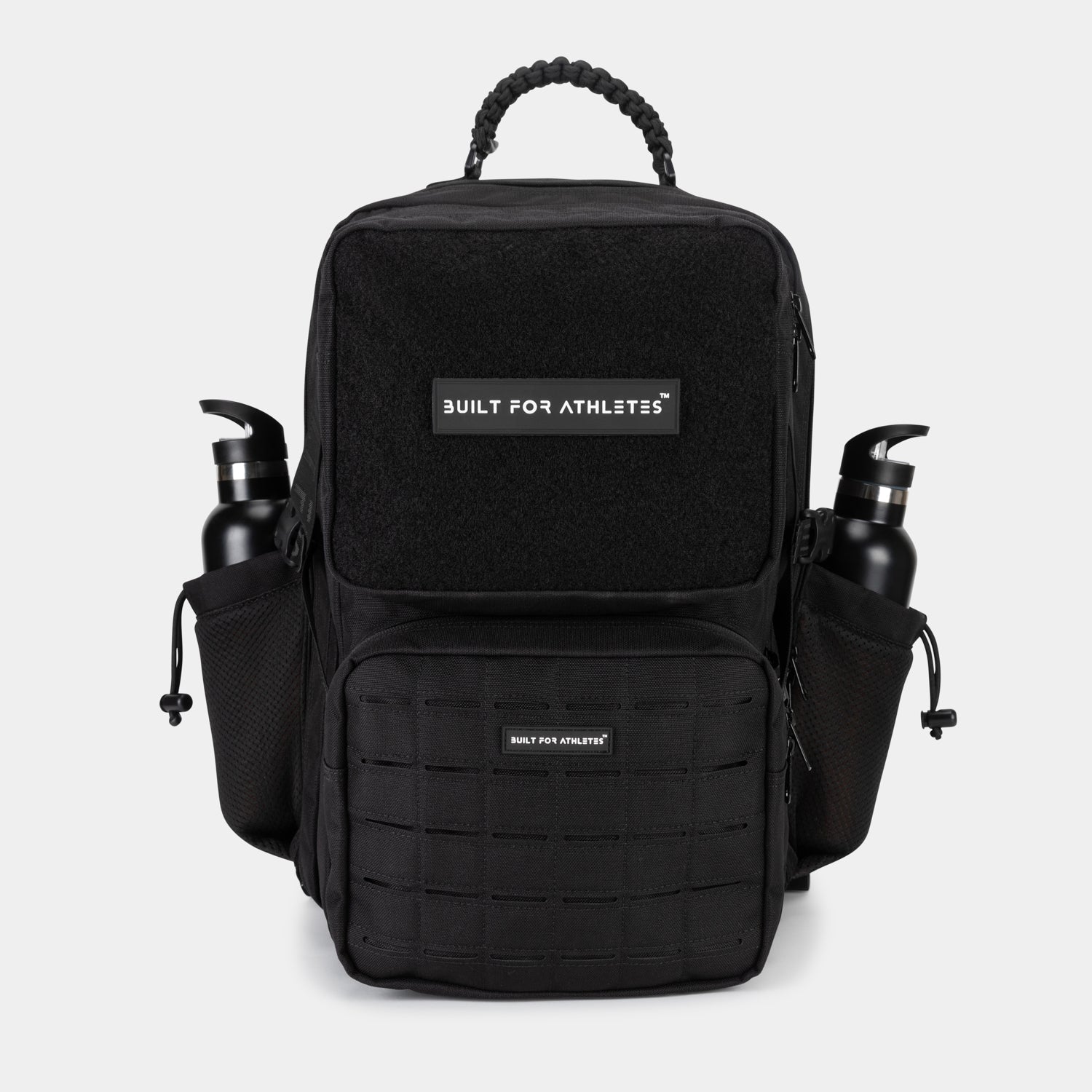
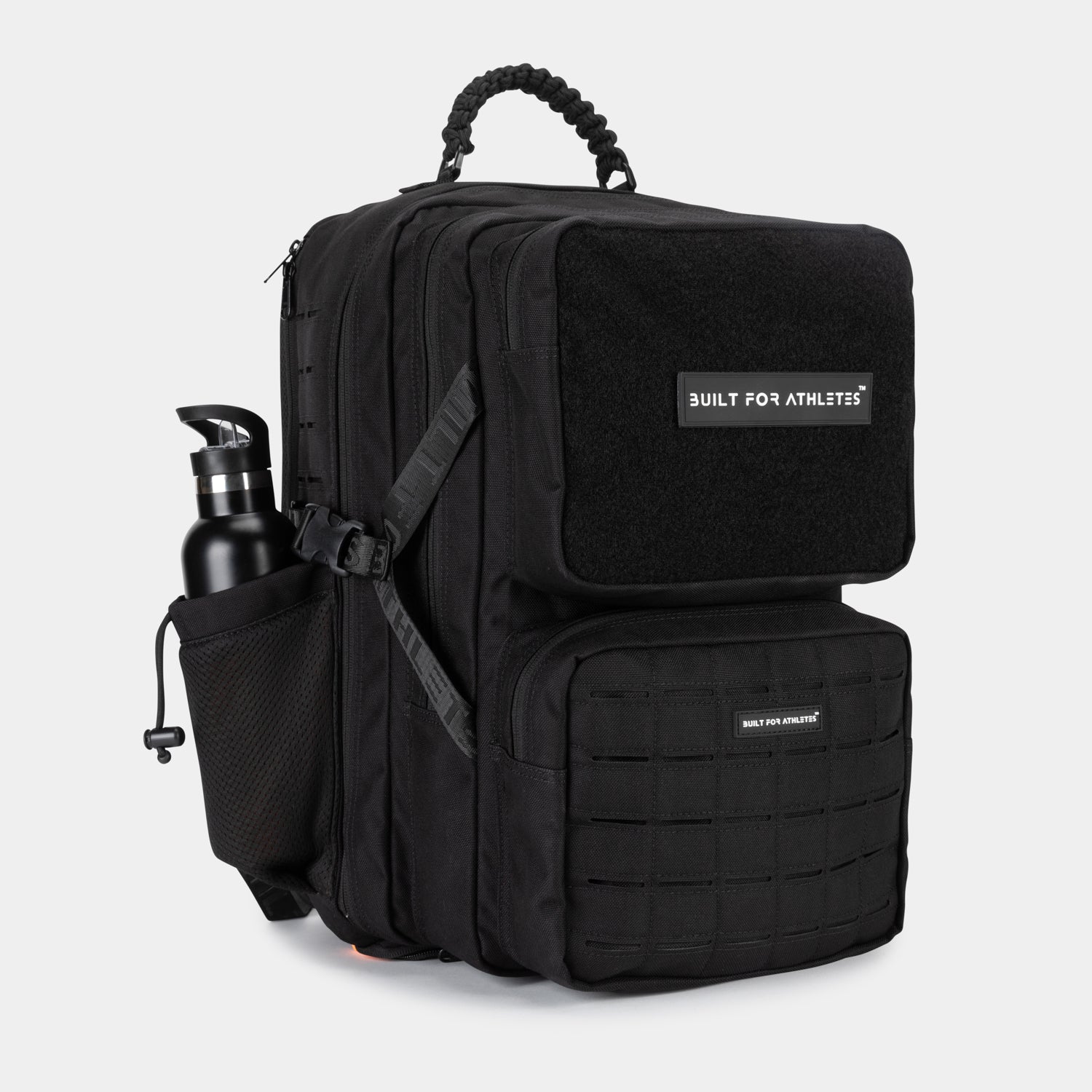

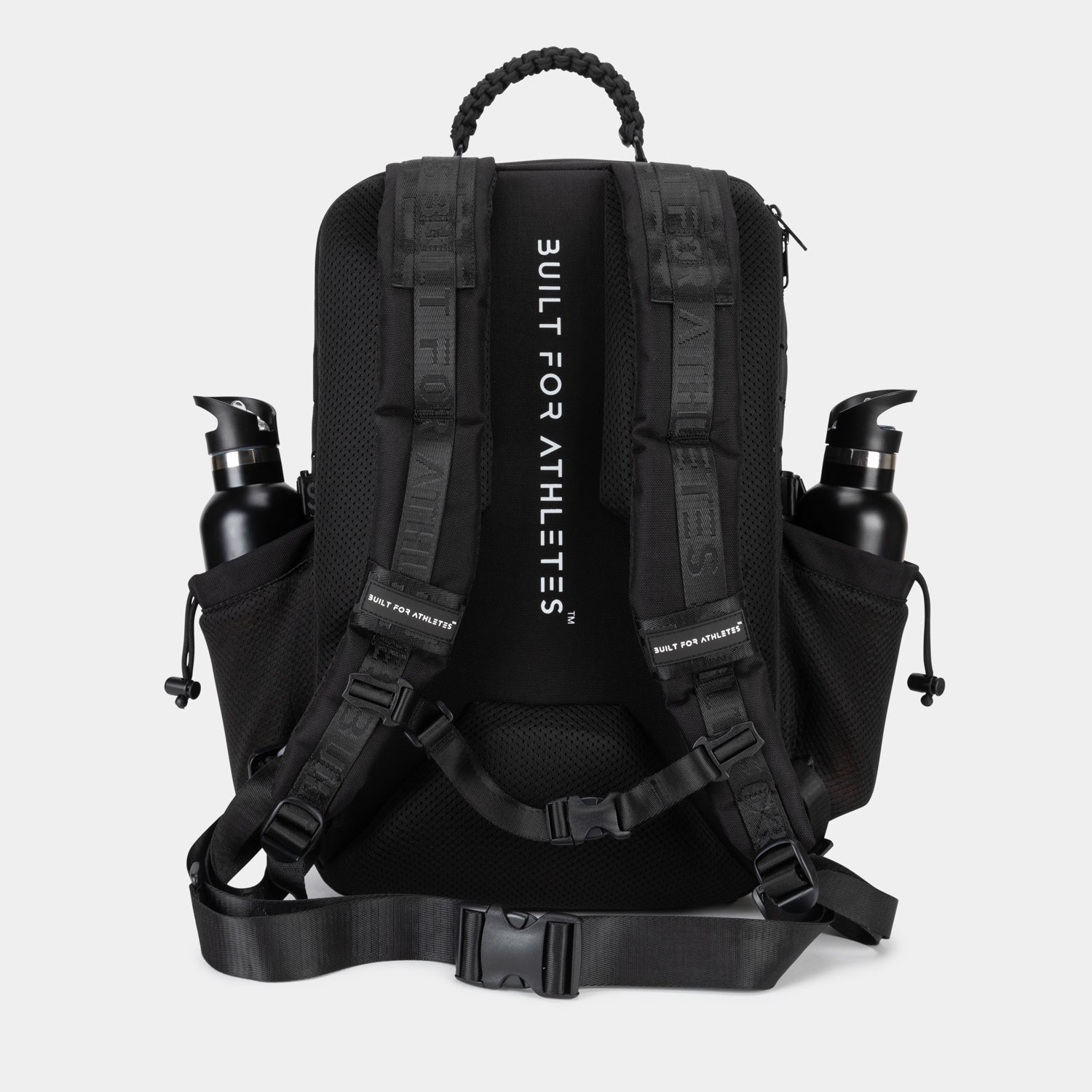








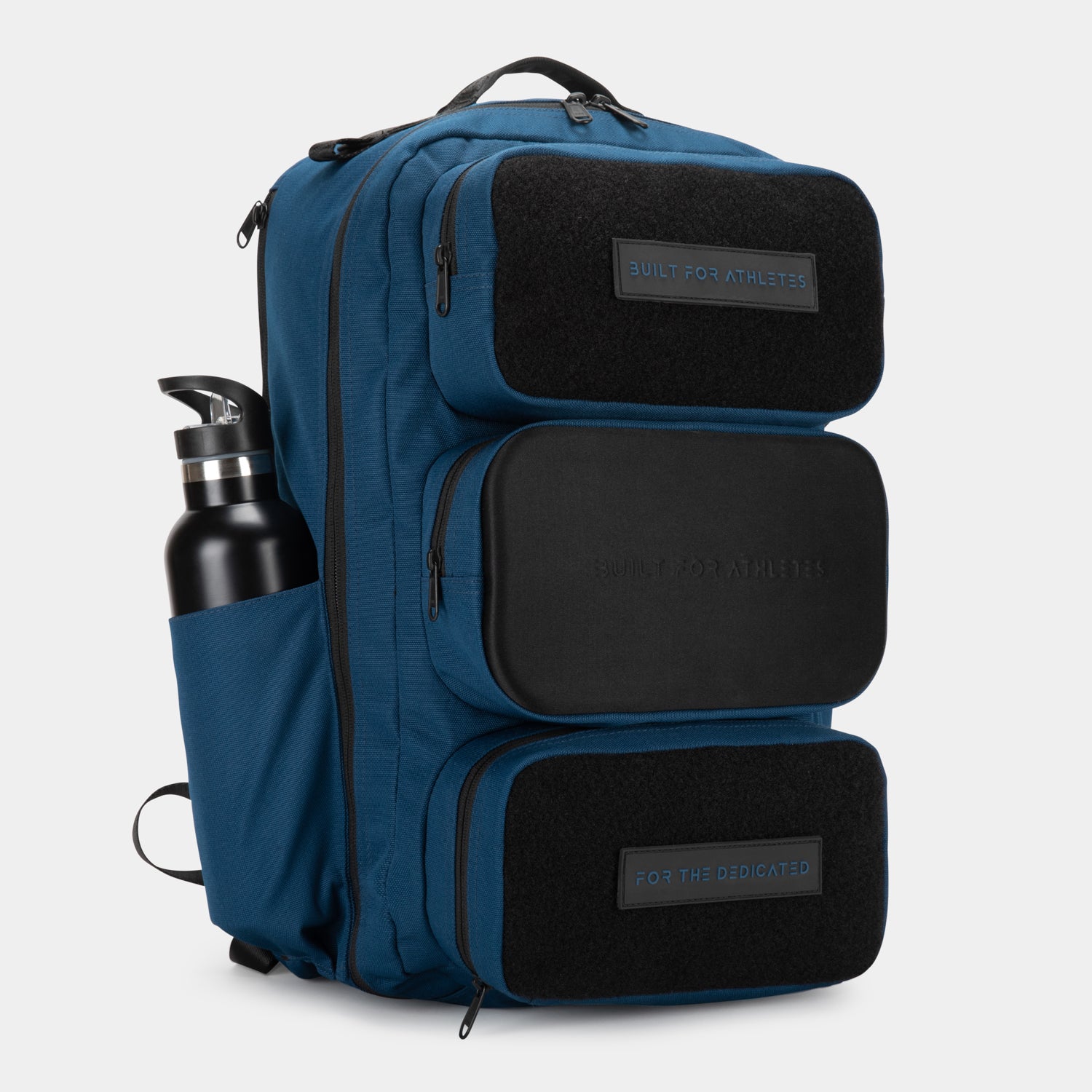
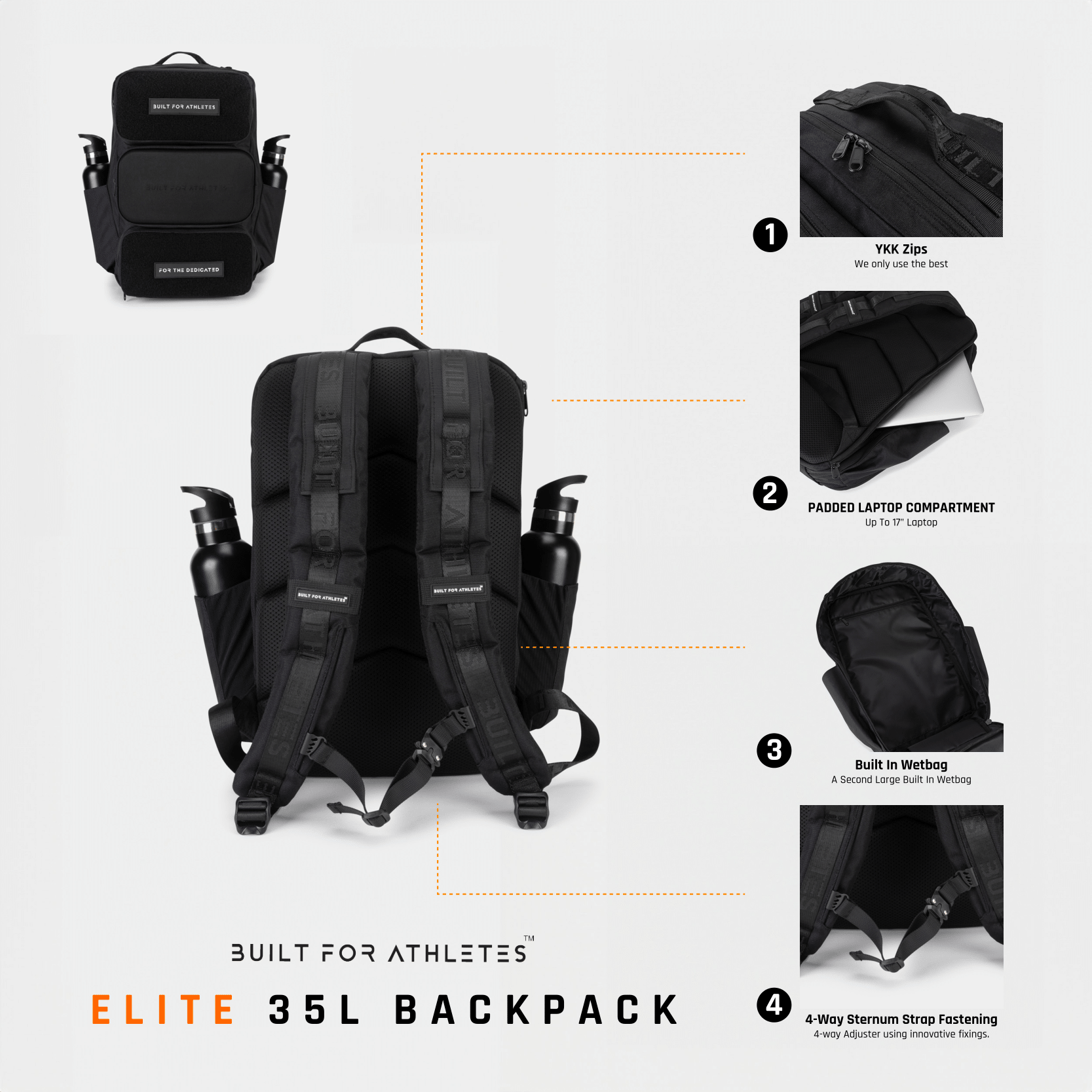
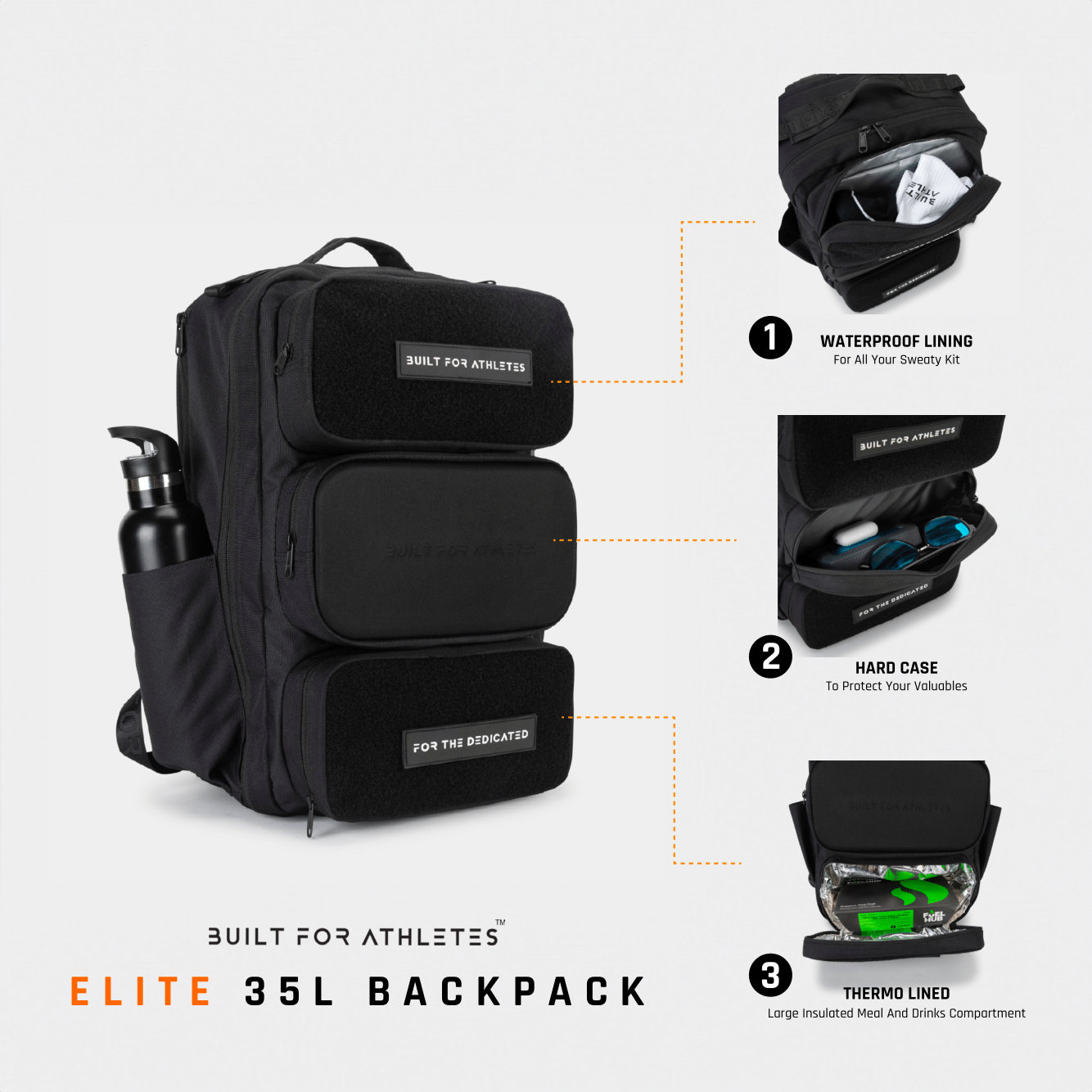



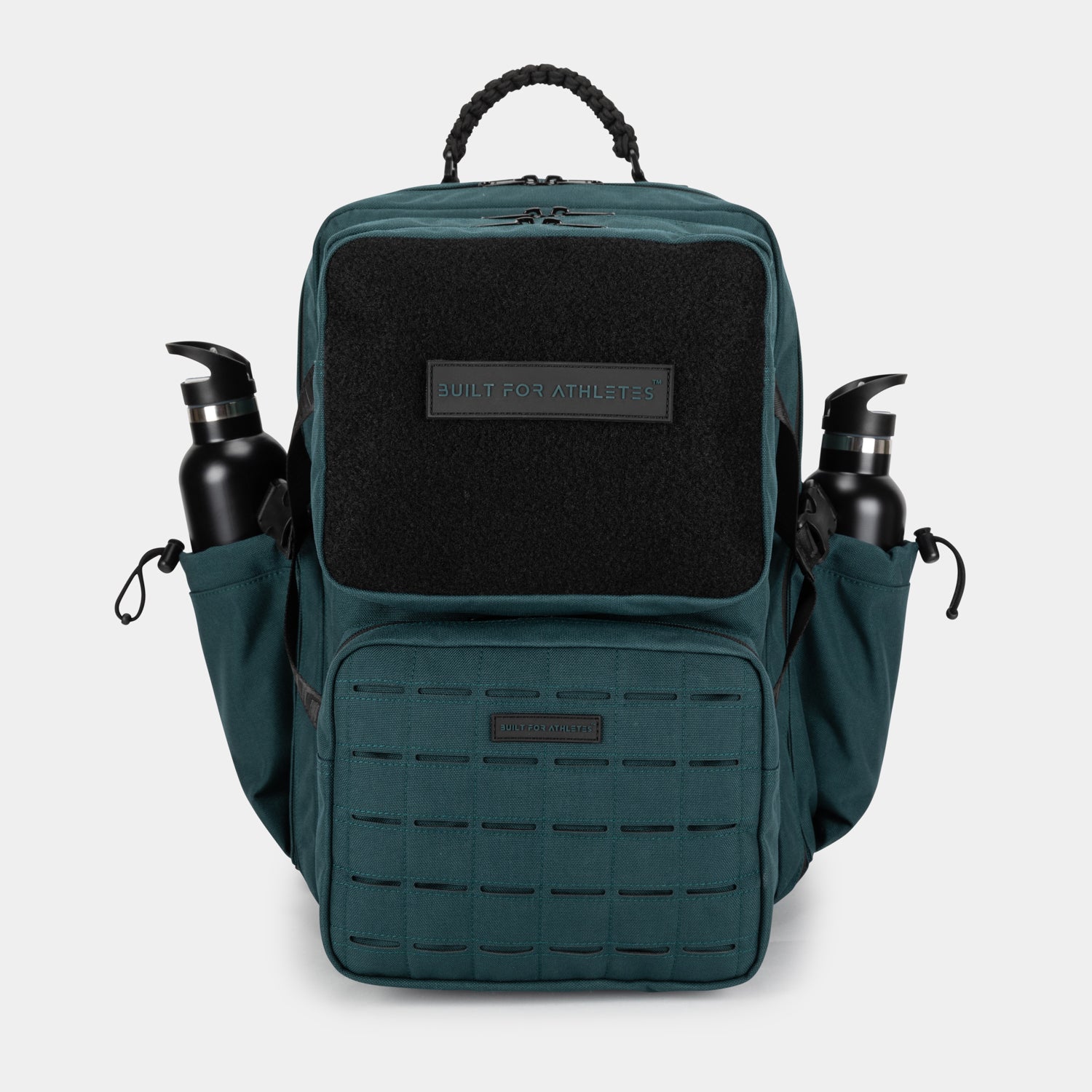
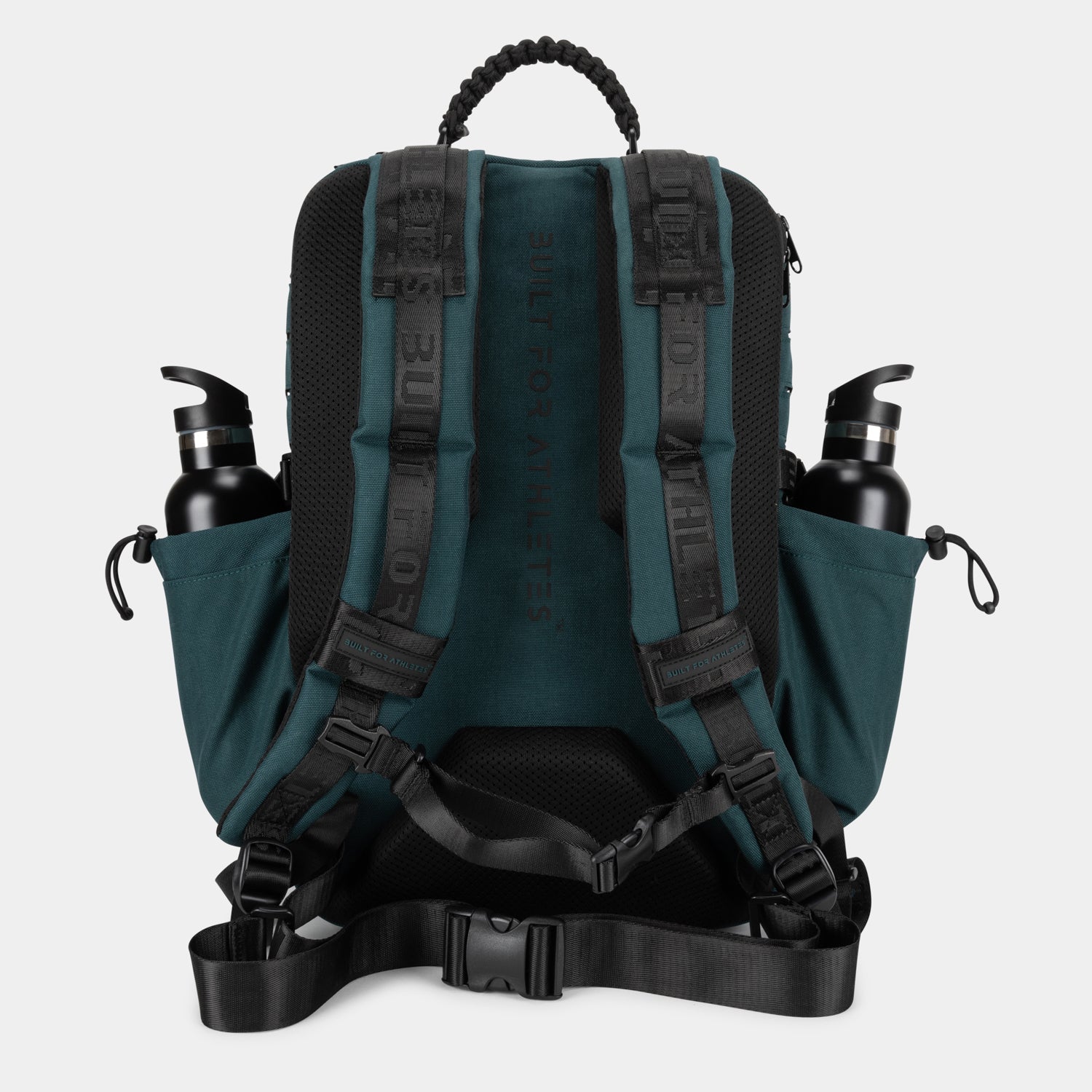
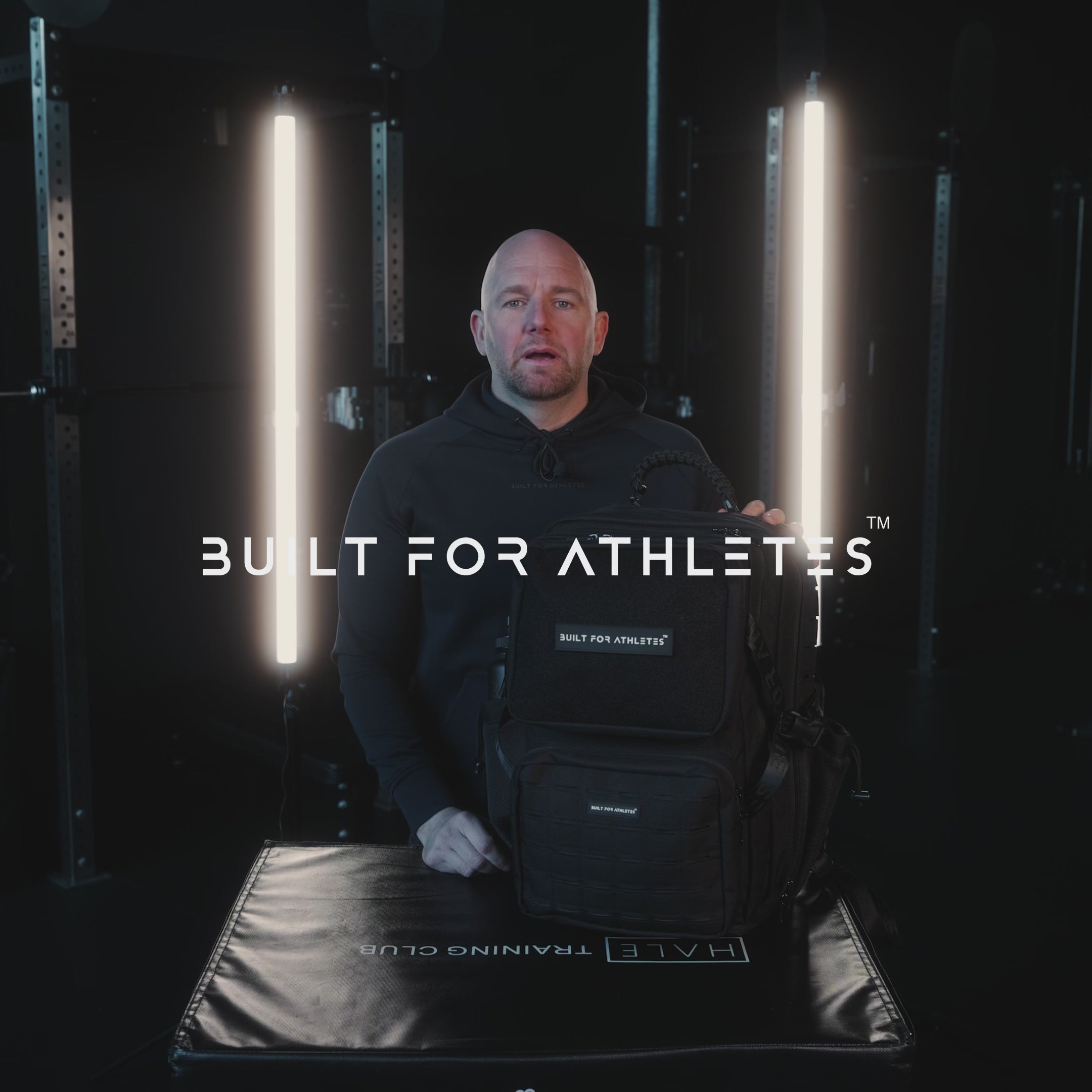
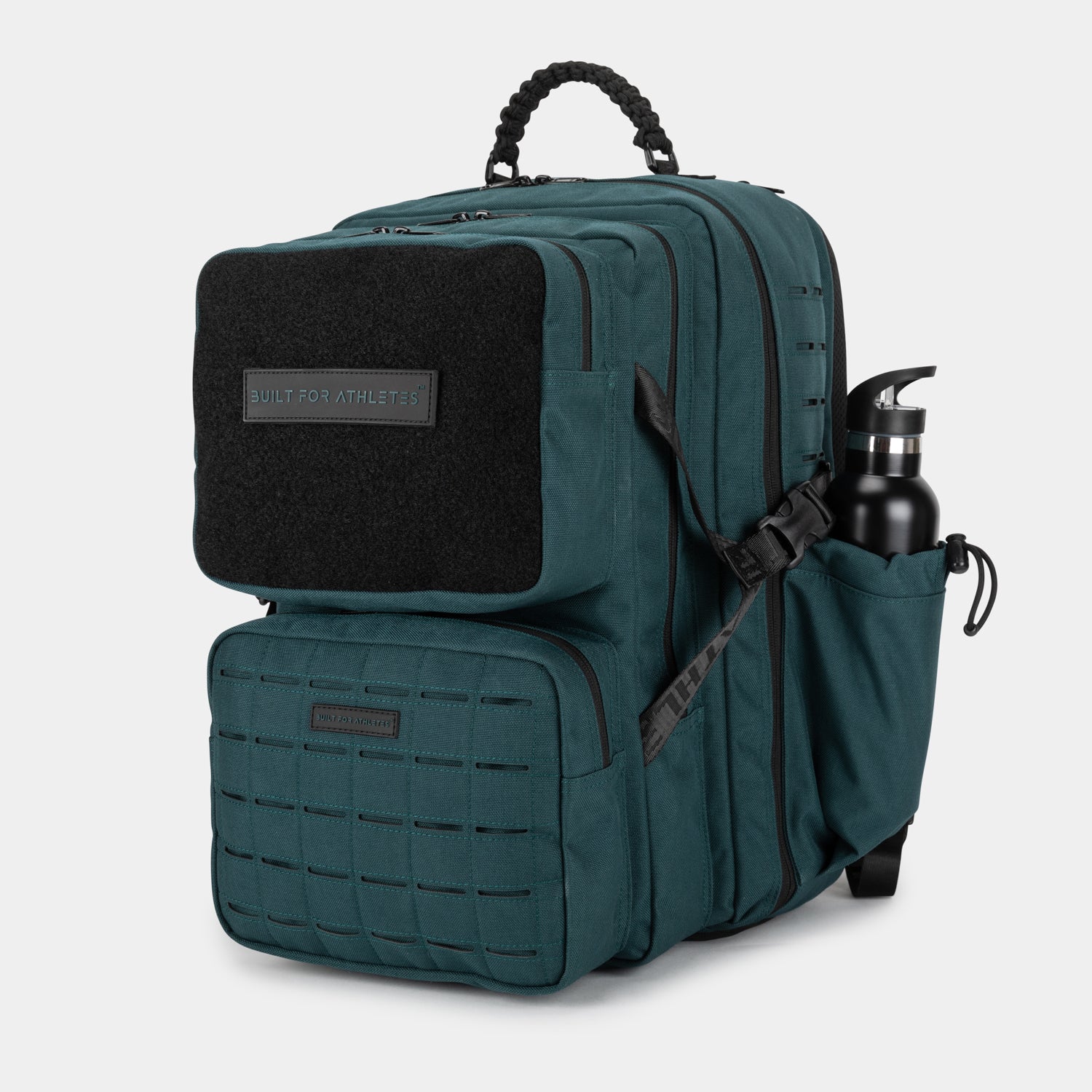
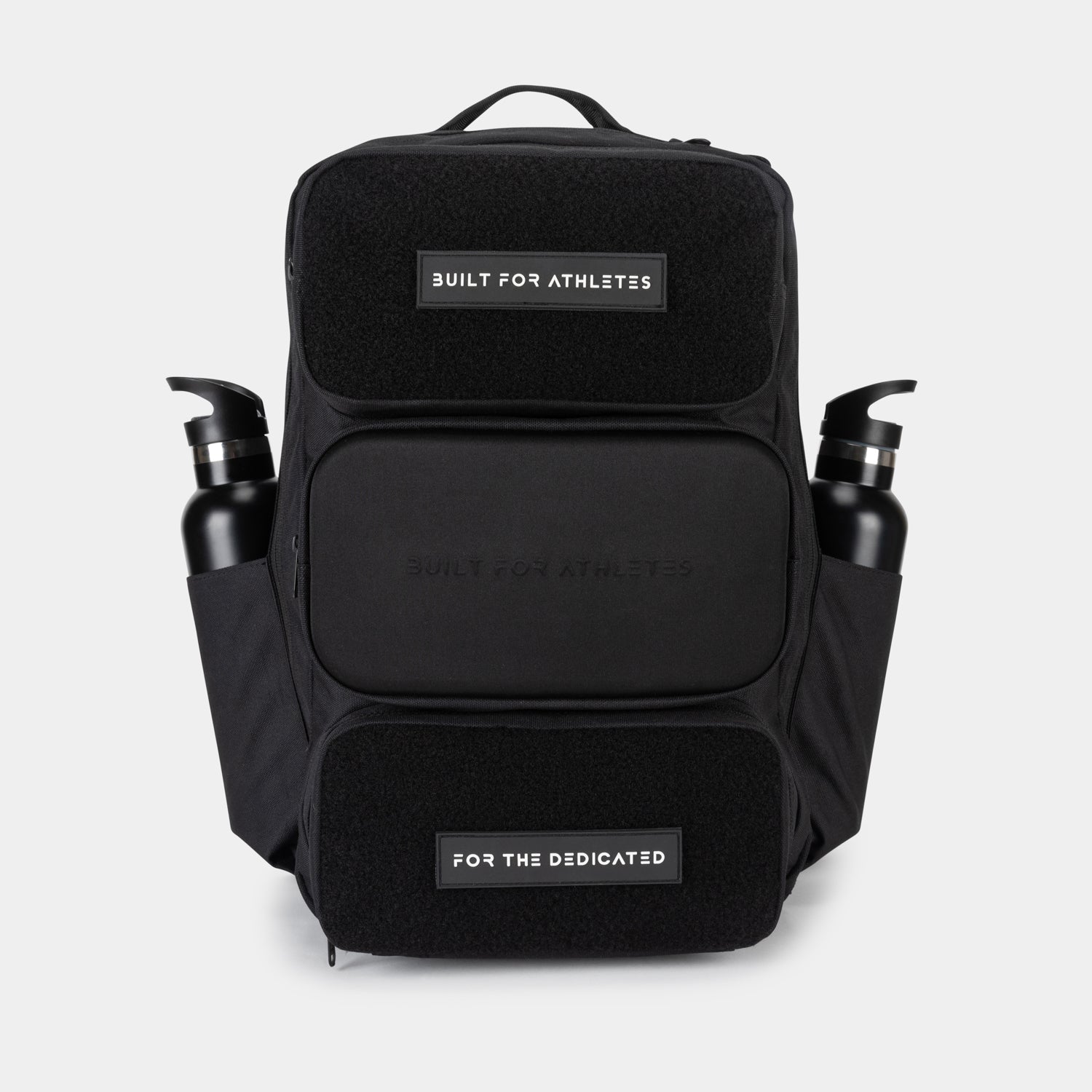

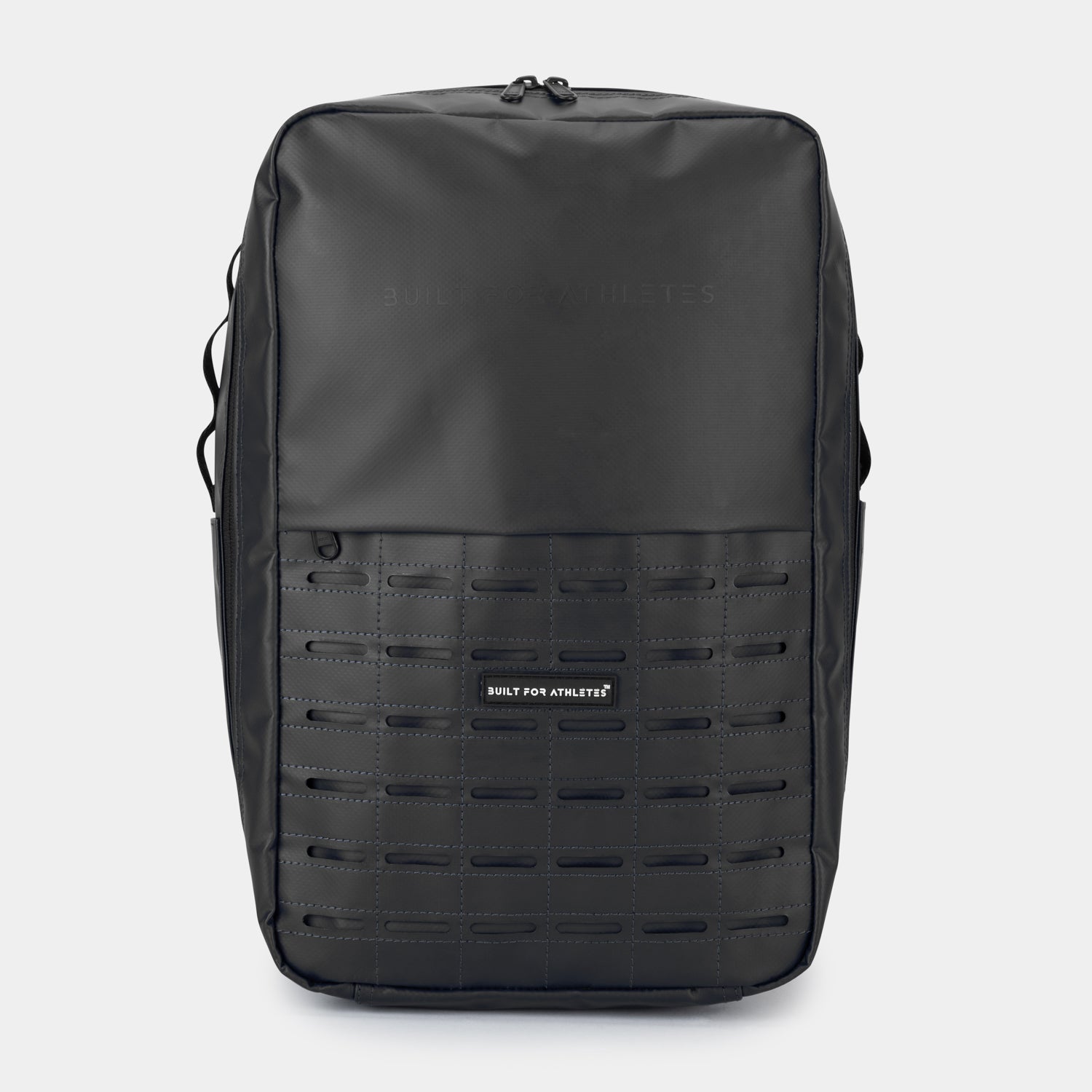
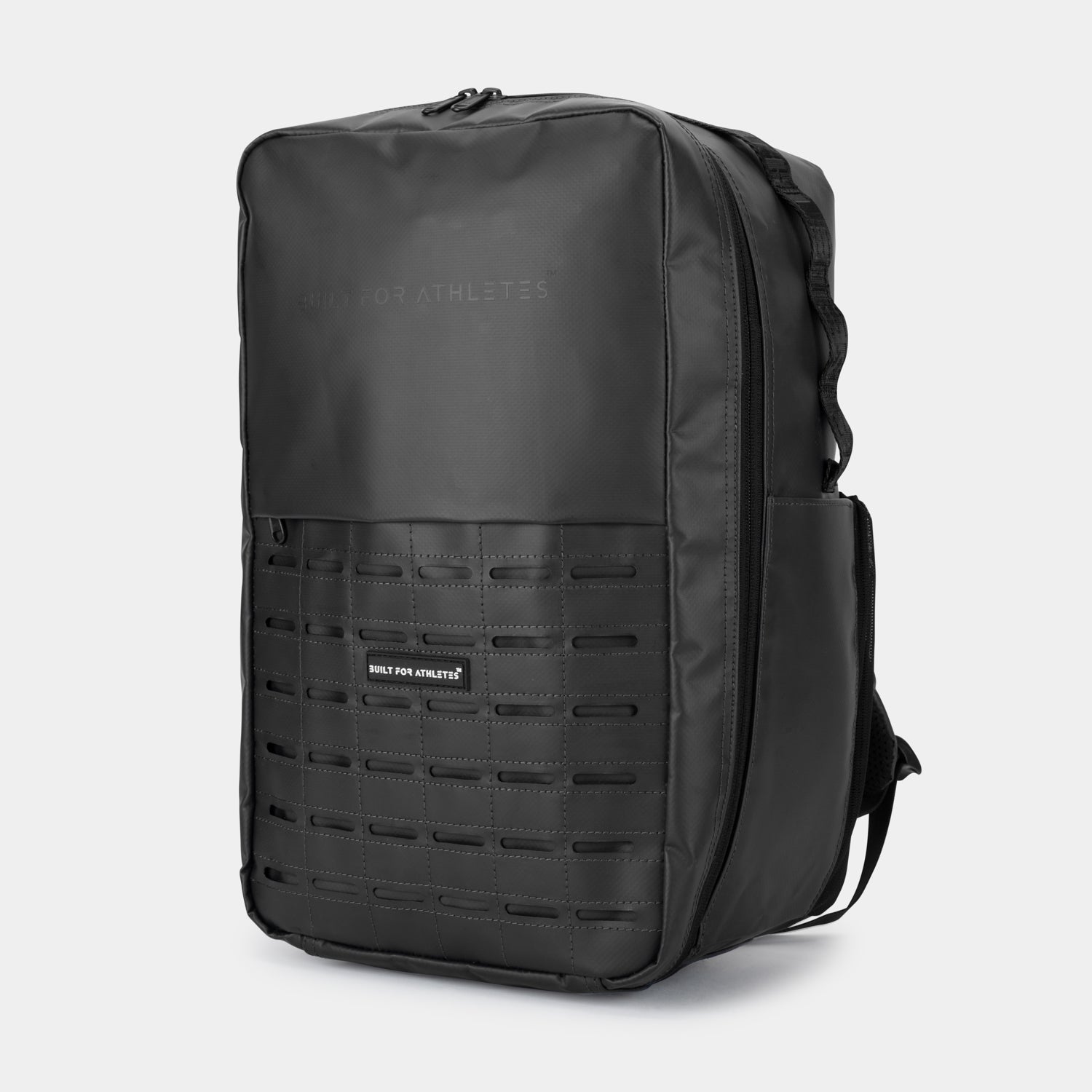
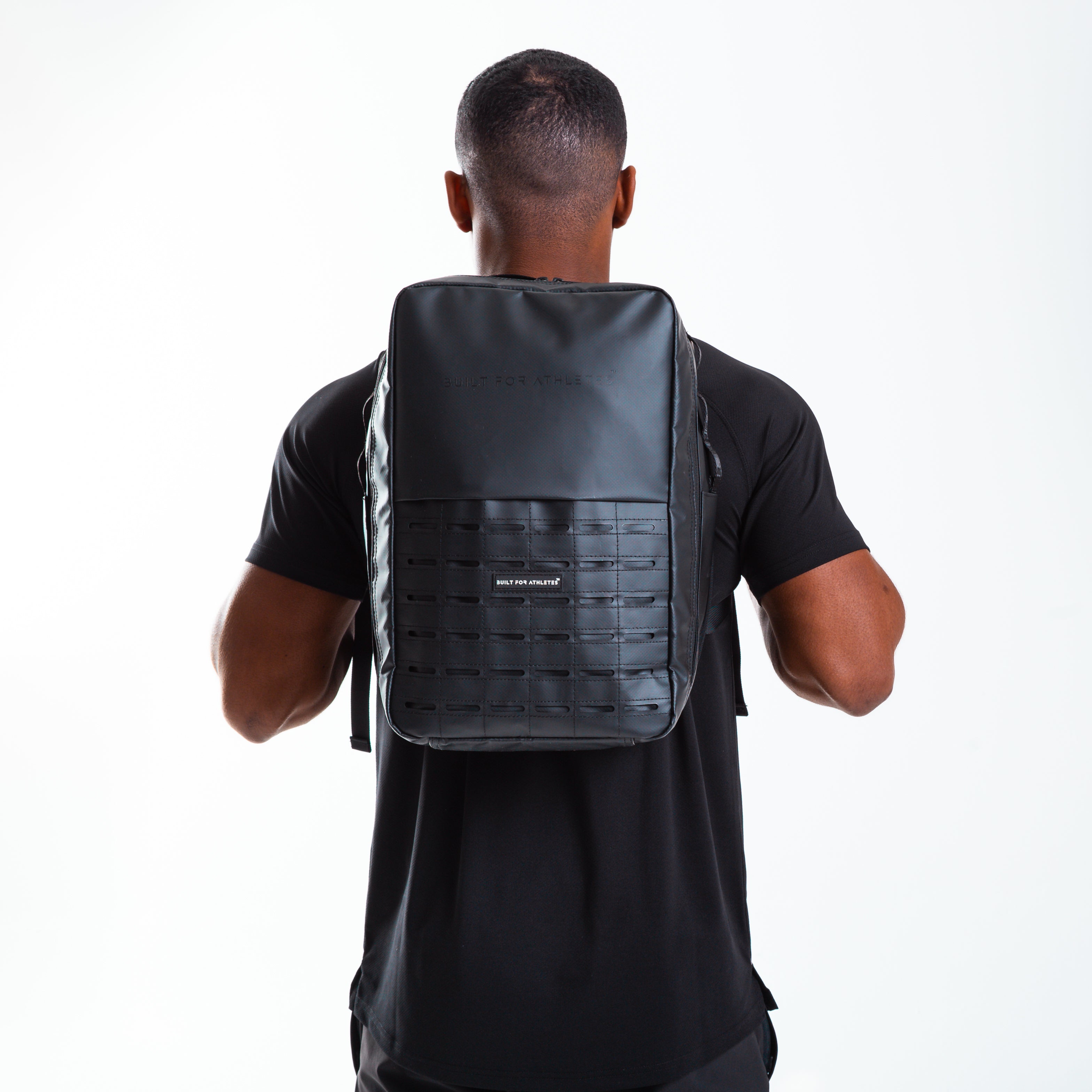
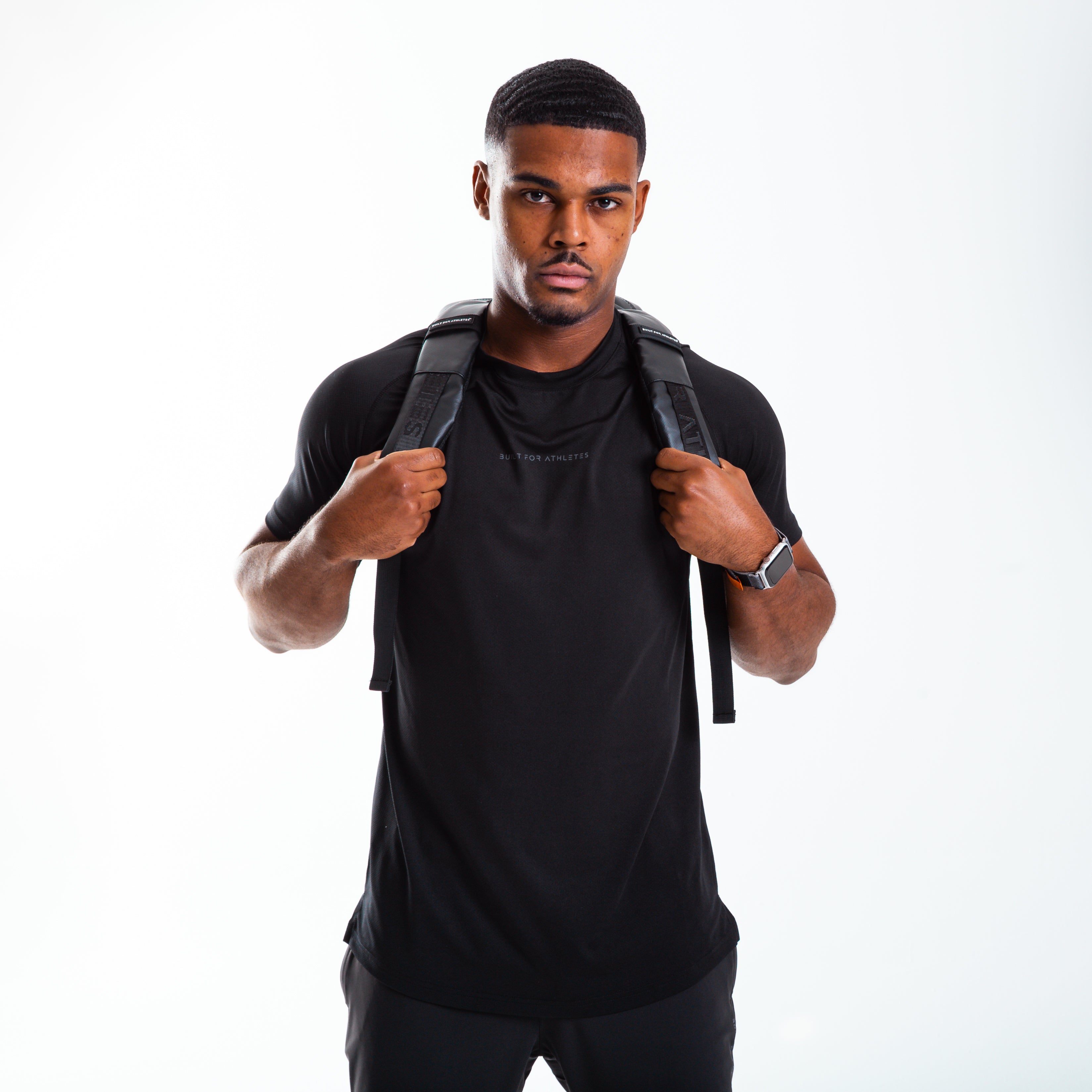


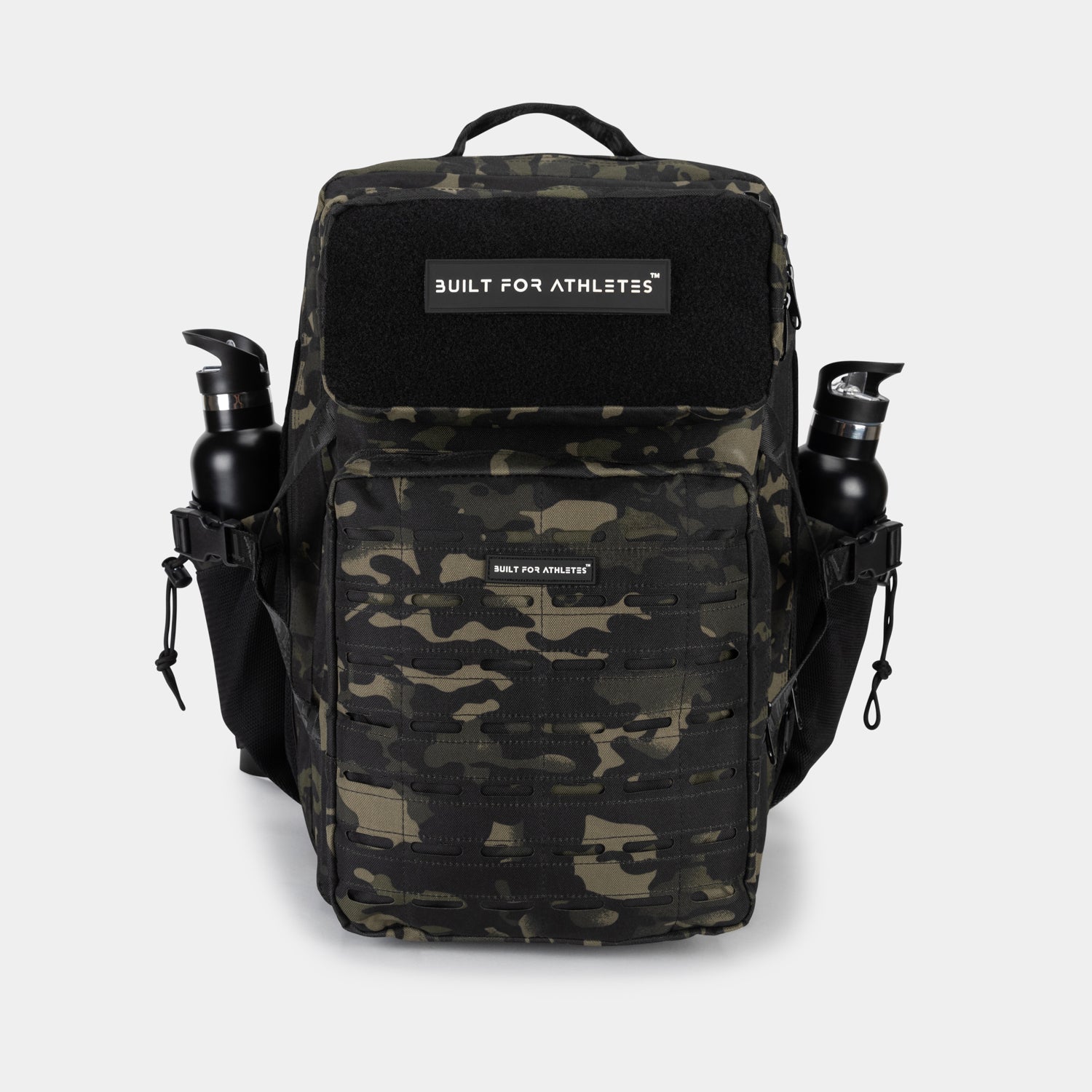
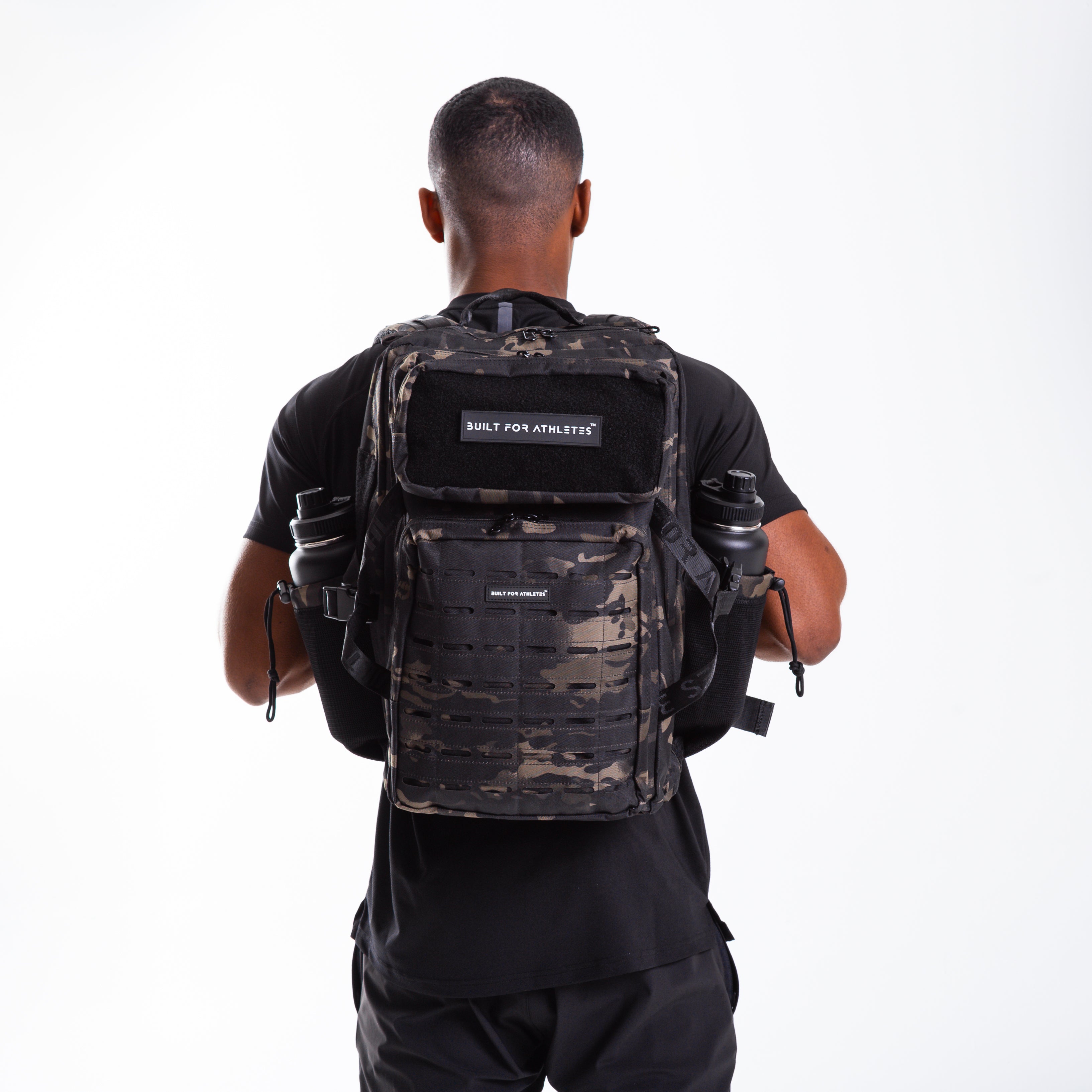
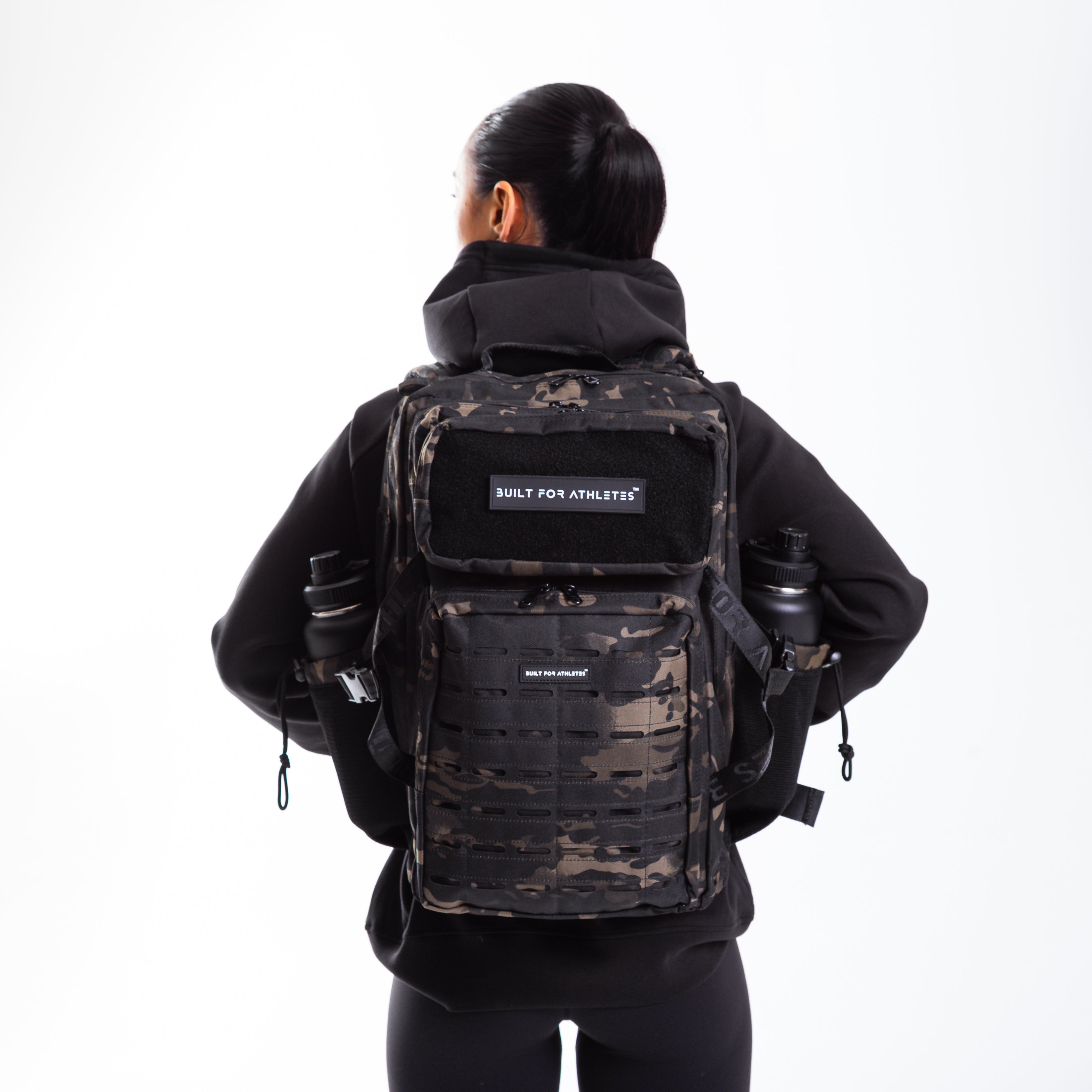
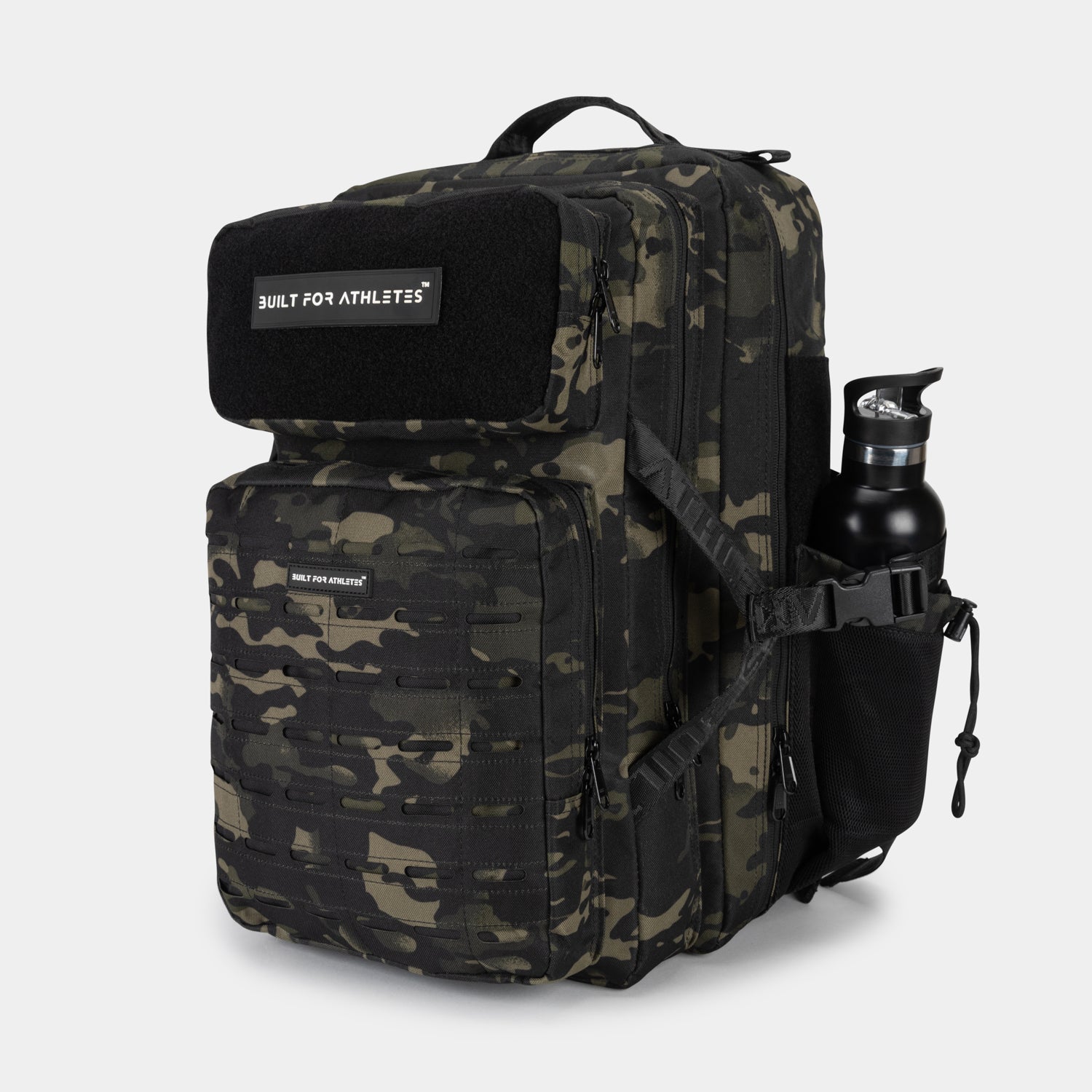
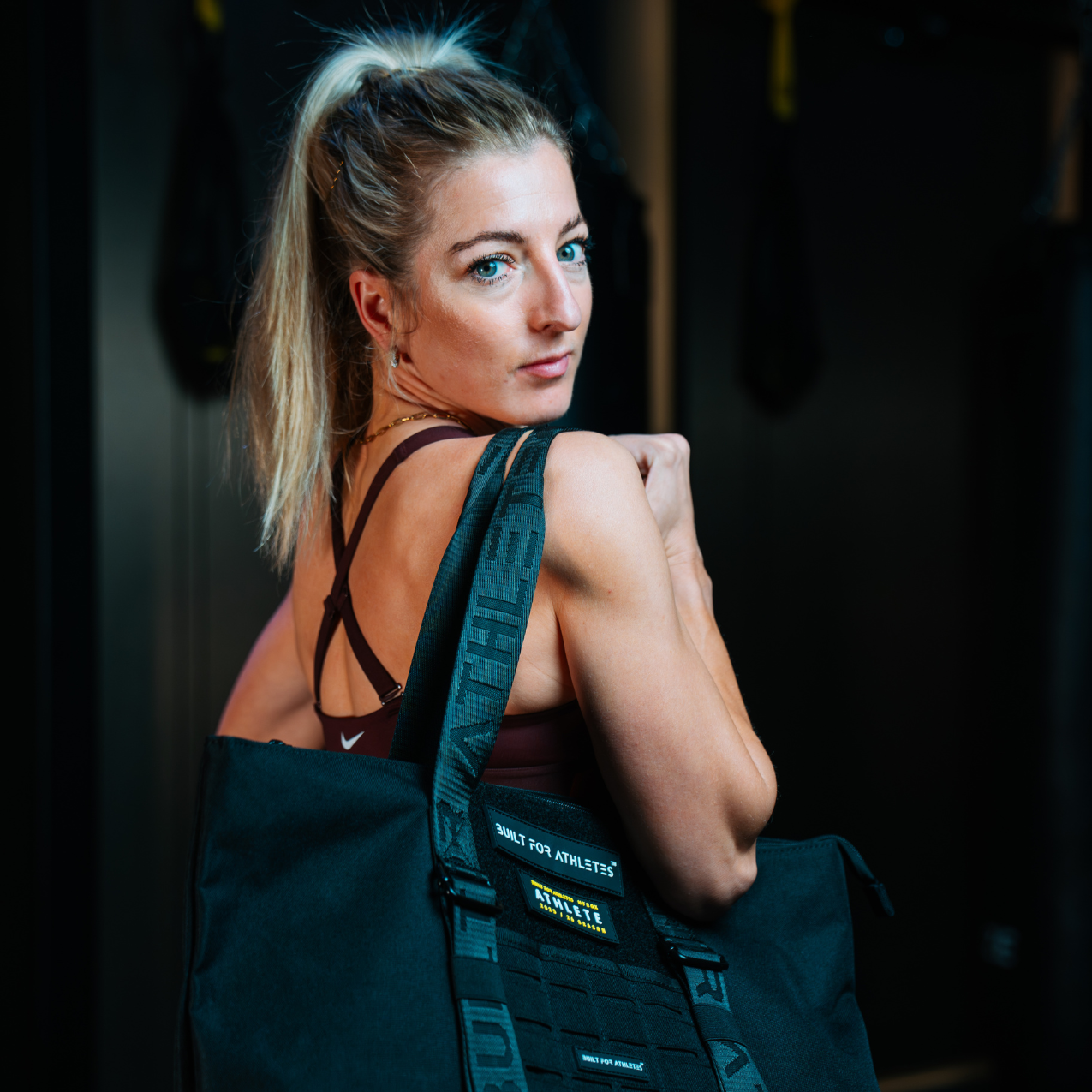
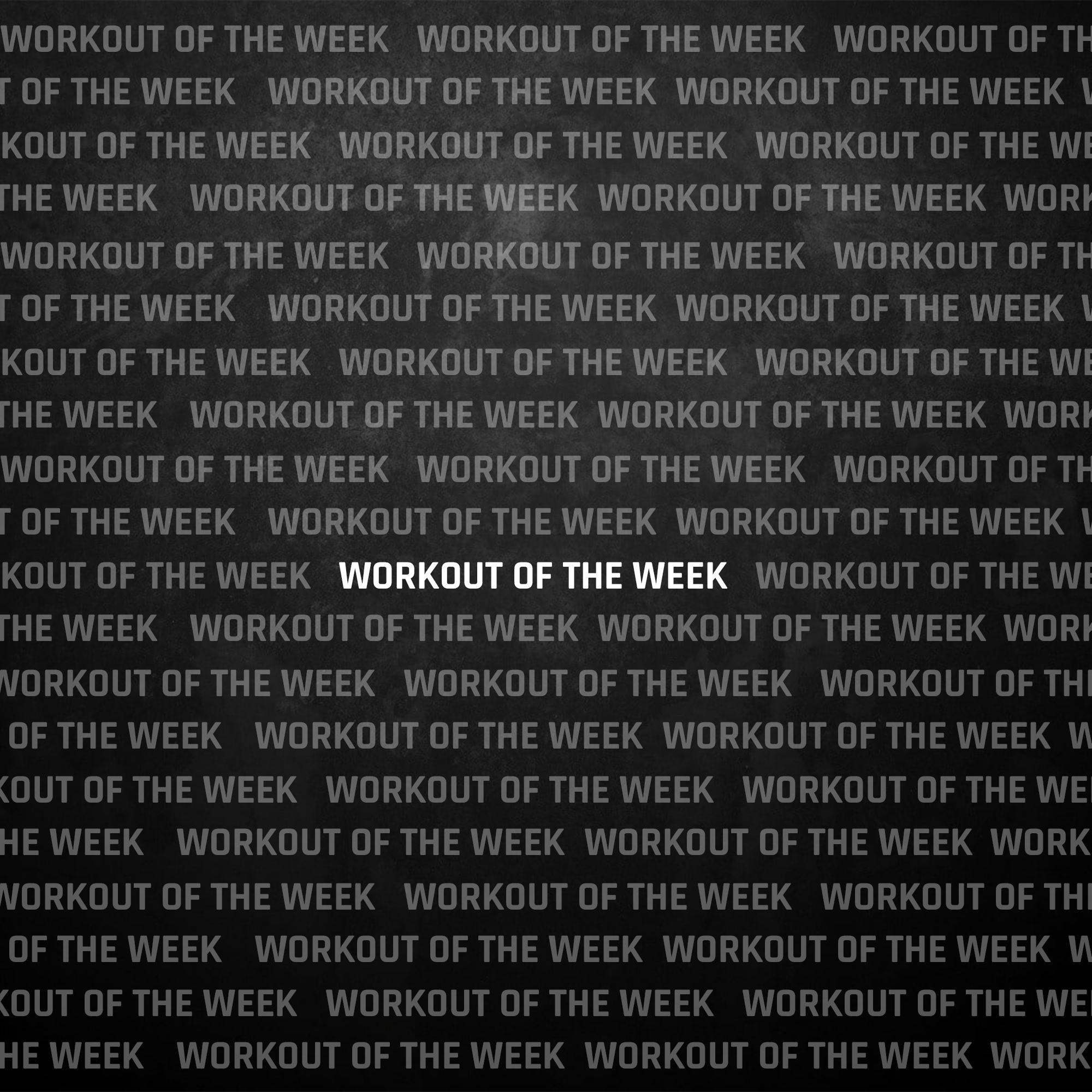
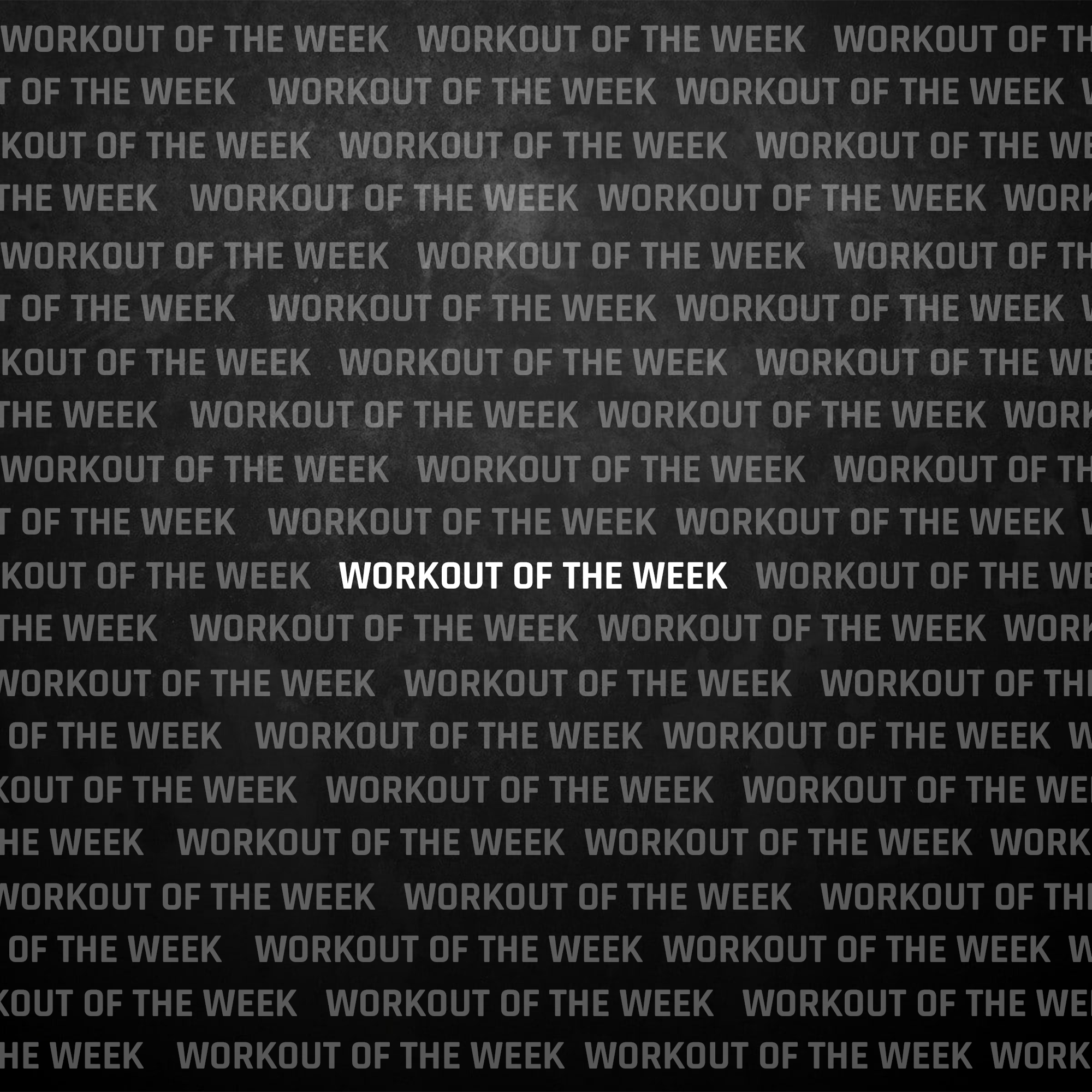
Share:
Wodapalooza CrossFit Festival report: Toomey beats Sigmundsdottir
A Week In The Life Of An International Rugby Player